Sony a7C Review
Dustin Abbott
November 9th, 2020
The size of mirrorless cameras has trended ever larger as the early focus on (mostly) smaller sensors and compact lenses has shifted to high resolution full frame sensors and professional grade lenses designed to match (or exceed) what was available for DSLRs in the past. Some of us don’t mind this trend, as we are more interested in getting quality images, but others feel disenfranchised by this trend. They want smaller and lighter. If that is you, then good news! Sony has released their newest full frame mirrorless camera – the Sony a7C – a compact full frame model that manages to fit a fully featured full frame sensor (with IBIS!) into a body roughly the size the a6xxx series.
This meant moving to more of a rangefinder body style and squaring off the top of the camera (it is nearly 25mm shorter) but while moving away from Sony’s typical tilt screen to a (finally) vari-angle LCD screen that can even be rotated out to the side and face forward for monitoring from the front. The Sony A7C’s spec list most similarly resembles the similarly priced Sony a7III, but there is some give and take between the two cameras. Above all, though, Sony is marketing this camera to photographers and content creators who want to keep things small and light…which includes the new FE 28-60mm f/4-5.6 retractable kit zoom lens.
Basic Feature List
-
- 24.2MP Full-Frame Exmor R BSI CMOS Sensor
- BIONZ X Image Processor
- UHD 4K30p Video with HLG/HDR and S-Log3/2
- 15 Stops of Dynamic Range
- 5-Axis In-Body Image Stabilization
- Vari-Angle Touchscreen LCD
- Smallest Full-Frame Camera with IBIS to Date
- 10 FPS burst rate
- 693 phase-detection and 425 contrast-detection points
The basic feature list looks a lot like the Sony a7III, but there are some subtle points of distinction that I’ll do my best to document in this review. I suspect there will be a number of potential buyers who will have to really consider which camera best suits their purposes, and I will do my best to help you make an informed decision in this review.
Still want the details? Then read on or watch my standard length or long format (definitive) video reviews by clicking the appropriate thumbnail below.
Follow Me @ Patreon | My Newsletter | Instagram | Facebook | Twitter | Flickr | 500px
Sony a7C Handling and Features
The Sony a7C is essentially a slightly improved a6xxx series body with a7III internals. To accomplish this, Sony had to do some miniaturize some of the internals (like the IBIS system, for example), to make everything work in a more compact body. My main objective in using and handling the camera was to determine if the excellence of the a7III (one of the best cameras in this category) was lost in translation. The good news is that the answer is mostly “no” when it comes to the performance of the camera; I recognize a lot of the same great things that I liked about the a7III here.
But there are certainly some sacrifices in handling that are made at the altar of miniaturization.
The Sony a7C is considerably smaller than the a7III. The dimensions are (W x H x D) 124 x 71.1 x 59.7 mm vs 126.9 x 95.6 x 73.7 mm for the a7III. The biggest difference is in the height of the camera and the depth of the grip, but that adds up to considerably less overall volume. That’s reflected in the weight of the two cameras, as the a7C is a full 22% lighter than the a7III (509g vs 650g), and only 6g heavier than the Sony a6600, which measures 120 x 66.9 x 69.3 mm. The two cameras have a similar volume, with the a7C being a hair taller but the a6600 being a little deeper. You can see all of those specification differences here:
I included the similarly priced Fuji X-T4, which, despite being an APS-C camera, is both larger and heavier than the a7C. There is some give and take between these two cameras, with the X-T4 having superior controls, but I like the focus system and optical performance at the limits better on the a7C. I personally prefer the variety of lenses available for the Sony as well.
So what has changed to achieve this smaller size? A lot, actually, as while there are a few familiar pieces (mode dial, exposure compensation dial, on/off lever, and the combination rear dial/four position switch), there is also a lot that has changed.
The most positive change is that the a7C inherited the new Vari-Angle (articulating) LCD screen from the a7SIII. This is a real boon for content creators, as it allows you a lot more flexibility in where you place the screen, including being able to rotate it to face forward to allow for monitoring when you are in front of the camera. If you do videos like myself where you are in front of the camera, being able to monitor the video can really save you some wasted segments where framing or lighting was off.
This necessitated some changes to the design on the left side of the camera, including the fact that the custom button there (C3) is lost and the menu button had to be relocated. The menu button now sits alone in the middle of the upper portion of the back right underneath the hot shoe. As you can also see from the photo above, the viewfinder has shifted over to the left side like the a6xxx series, a location I definitely find less convenient. The resolution of that viewfinder is the same as the a7III (2.36m dot), but it is smaller than that a7III’s 0.50″ viewfinder. It shares the a6600’s 0.39″ viewfinder, which is adequate but underspecced compared to basically all the competition. Not a high point for me.
Much more impressive is the clean design on the left side. Sony managed to make room for the hinge for the screen while also doing a clever reorganization in the remaining space where they managed to fit three separate compartments. The top one opens (in a nicer fashion than the a7III dangling port covers) to reveal the microphone input. The bottom compartment opens down and reveals a headphone monitoring jack, a micro-HDMI output, and a USB C (3.2 Gen 1) port. You can conveniently charge the battery in camera from just about any power source via the USB-C port. The middle compartment opens to reveal (thankfully!) the memory card slot. I despise when the memory cards are relegated to the bottom of the camera with the battery, as it means I’ve got to remove a quick-release plate and put the camera on its back to access it. There is only one slot here (the a7III has two), but fortunately it is the faster UHS-II standard SD slot. I know that many of you will be put off by having only one SD slot, but at least it is located reasonably!
The back is largely dominated by the 3.0″ LCD screen, which in typical Sony style is only 921,600 dot and rather limited its touch capacities. Touch is limited to selecting focus areas (you can move the focus area around while your eye is pressed up to the viewfinder), and you can touch to focus during video operation, but there is no touch to focus for stills or the choice to touch for shutter. No menu navigation options in either the main menus or in the F-menu, either. I have been using and reviewing Sony cameras for about four years, now, and I have seen essentially zero progress in this area. Disappointing.
Also disappointing is the loss of the joystick. This makes navigating menus less friendly than typical on a Sony camera, as you are essentially reduced to using the rear wheel/rocker switch for navigation as well. A functional touchscreen would have really helped to mitigate the loss of the joystick.
You might notice from the photo above that the video record button has been moved from the back (fortunately to a better position), and there are a few other changes there as well. Lost is the exposure lock button, though the AF On/Magnify button gets an improved size and feel. I really like the distinct tactile feel of that button, particularly if I’m using a manual focus lens and want to magnify to assist focus. The relative position of the other buttons and dials remain the same.
A look at the top plate reveals more changes. The mode dial is largely the same (though without a lock), and the exposure compensation dial is the same. You can see from the top that the rear control dial (for AV or TV) is largely the same as well. The shutter button and on/off dial are the same as well, but what is missing are the C1 and C2 buttons, making a total of three Custom buttons that are lost along with the Exposure Lock button that could also be customized. That’s a lot of lost controls and customization of the camera.
What is a positive is that the video record button has a new position of prominence, making it very easy on the fly to choose to record video even if you are in stills mode.
A look at the front of the camera reveals one more significant loss if you’re accustomed to Sony’s full frame bodies. The front dial underneath the shutter button is also gone, meaning that you will have to rely on the two rear dials/wheels if you want both aperture and shutter speed control. This is more like the a6xxx series, and one of the reasons why I prefer the ergonomics of the a7 series so much more. You can also see that the grip is considerably more shallow (shallower even than the a6600), and that it has a new texture pattern that looks a bit like carbon fiber. It does have a little more contemporary look (probably what they were going for), but on a practical level it has a little less grip than the older texture.
The right side of the camera has nothing than the NFC “bump point”. You can clearly see the new texture in this photo. You can also see that the depth of the grip is essentially only wide enough to house the standard NP-FZ100 battery pack that Sony moved to with the a9. The battery is rated a little higher in this application (740 vs 710 shots for the a7III). I personally find the grip small for my hands, but it has a decent enough shape that I at least feel I can hang onto the camera, though my preference would be to use this camera with smaller and lighter lenses as much as possible (which frankly, is probably the point.)
The a7C is available with a new kit lens, the new FE 28-60mm f/4-5.6 retractable zoom. It’s retractable design is a little bit of a pain if you are unaccustomed to using a lens like this (it requires you to rotate the zoom ring and move the lens from the locked/retracted position to the extended 28mm position before use), but the advantage is that the lens is only 45mm long when retracted, which adds to the overall portability of the lens. It also only weighs 167g, which means that you can really travel light with the kit. The lens isn’t cheap, retailing for $498 USD, though you pay only $300 for it if you buy it in a kit with the a7C. I’ll comment more on its performance below.
Sony has done an effective job in miniaturizing the a7C if that is a priority for you, but it does come at a cost. The handling feels much more like the a6xxx series, which I like much, much less than the a7 series. I miss the front dial, the customizable buttons, and the joystick. Sony could have made up for that by giving us a fully functional touchscreen, but once again I come away disappointed in that metric. The addition of the vari-angle LCD is the single greatest upgrade here, and that might be enough to move the needle for some. The great priority, though, was achieved. The C (for compact) is a truly compact full frame camera.
Sony a7C Autofocus
There are good things to report on the autofocus front. The a7C inherits the fantastic focus system from the a7III, which is inherited from the a9. This is a focus system that punches above its weight. There are 693 phase and 425 contrast-detect autofocus (AF) points that cover approximately 93% of the sensor.
The a7C’s focus system benefits from the refinements over the past couple of years to real-time tracking, so we actually have a more sophisticated focus system than what we saw in the a7III. Sony says that there is an updated focus algorithm borrowed from the new Sony a7SIII that further improves real time tracking efficiency. I really can’t overemphasize how much improvement we have seen in the past three years in terms of face tracking during video recording. The only time I have an issue with hunting or pulsing these days is if I’m testing a brand new lens that doesn’t yet have the final firmware. With reliable lenses, the face tracking is flawless. I recorded videos with the a7C where I was teaching on camera and making points about body language. I covered my face with my hands and yet the focus stayed right where it should be. I routinely record videos with an 85mm lens set at F2 because I know that face tracking will be reliable. The Sony a7C is an excellent performer if you are looking for a camera to use to record people on stage, on set, or just doing life.
We have real-Time Eye AF and Pet AF (in both stills and movies) and you now have the ability to touch an object or person on the screen, and while the shutter button is half depressed (or depressed) the camera will track them in real time with even better Ai accuracy than before. I shot a number of event settings and had flawless eye tracking, even with third party lenses like the Tamron 70-180mm F2.8 (one of my current favorite event lenses).
Eye AF works exceptionally well, quickly grabbing the eye (you can choose to switch between the left or right eye with a setting that can be mapped to a button) and tracking it in real time. Pet Eye AF works well also, though again you need to switch between human and animal Eye AF as the two have very different characteristics and the camera doesn’t (yet) automatically sense which you are tracking. As you can see from the photo above, however, I had no problem getting excellent focus even in challenging lighting conditions when I saw this great grey owl on one of my hikes (photo taken with the new Tamron 70-300mm F4.5-6.3 RXD lens on the a7C).
I also got a fairly soulful portrait of my dog with the new Samyang AF 35mm F1.8 (a lovely little match for the size of the camera).
Focus behavior is excellent, and the camera has a fairly good burst rate and the buffer depth to back it up. You can shoot up to 10FPS and can take 115 RAW or 223 JPEG images before the buffer fills. Like most Sony cameras, it will take a few seconds for the buffer to flush, and during that time you are limited in what you can do with the camera. The a7III has the same frame rate but is limited to 89 RAW or 177 JPEGs before the buffer fills. The a7C’s other advantage is that it can deliver the same performance with a fully silent shutter, which can be an asset in certain situations.
All in all, I had a completely frustration-free autofocus experience with the Sony a7C. I’ve shot with Sony’s best cameras, and frankly this didn’t feel much different from any of them. I got consistently well focused results, whether shooting stills or video.
Sony FE 28-60mm F4-5.6 Kit Lens
Sony has debuted a new kit lens with the a7C, a retractable zoom design. This will likely replace the unlamented FE 28-70mm F3.5-5.6 OSS lens, which, on paper, seems to have the advantage over a lens with a smaller zoom range, a slightly smaller maximum aperture on the wide end (F4 vs F3.5), and one without OSS. In the real world, however, the older lens was completely uninspiring in every facet, from autofocus to image quality. And, while I personally have a hard time getting excited over any lens with a small, variable aperture and that only reaches 60mm, I have to confess that I was very pleasantly surprised with the optical performance of the lens.
First of all, however, let’s take a quick look at the build. When in the retracted position, the FE 28-60mm is a miniscule 45mm in length, which is considerably shorter than the 83mm for the 28-70mm. It also weighs in at only 5.9 oz / 167g, which is considerably less than the 10.41 oz / 295g of the 28-70mm. This is obviously going to really enhance the idea of portability in the lens.
The lens is 66.5mm in diameter, but because of the retracting inner barrel, the filter size is a very odd 40.5mm. Frankly I have never seen any lenses with this filter size before, so I was surprised to discover that a number of filters do exist in this unusual size. They are pretty universally inexpensive, as well.
Sony has elected to not include OSS in the new lens, likely due to the fact that most of their recent cameras have IBIS whereas almost none did when the 28-70mm was released. Since I tested in on the a7C, which does have effective IBIS, I didn’t notice the lack of OSS in the lens at all. IBIS did an effective job for my purposes. The first shot I shared in this section was taken at 1/20th of a second and is tack sharp.
The retractable design requires you to first extend the inner barrel to the 28mm position before use. This extension adds around 30mm to the overall length.
The action to move it from the retracted position to the 28mm is quite stiff, with a fair amount of force required to start the process and again right before the 28mm (engaged) position. I can understand the need for resistance at these points, but the action here feels a little cheap and betrays the lack of engineering sophistication in the lens.
The rest of the design is pretty straightforward, as there aren’t a lot of bells and whistles here. The length of the lens changes depending on focal length, and it is a “dip” design where it is longest at 28mm and 60mm with a “dip” to a slightly shorter length around 38mm. There’s a very slight variance in resistance as you turn the zoom ring near that point, and the zoom ring action itself is not particularly smooth. Not a big deal, but again it is one of the reminders of the “kit lens” origins.
The maximum aperture varies by focal length.
- F4 – 28-30mm
- F4.5 – 31-34mm
- F5 – 32-41mm
- F5.6 – 42-60mm
This is not a “fast” lens in terms of aperture.
The manual focus ring is fairly narrow, and will be hard to find separately from the zoom ring if you are wearing gloves. The damping is very light, but everything turns smoothly. Focus seems to be linear and works fine, though without much tactile response due to the “focus-by-wire” nature of manual focus in mirrorless. Some Sony lenses do a fairly good job of emulating manual focus, but this isn’t really one of them.
On a positive note, the lens does have dust and moisture sealing. The build otherwise feels very much like a kit lens, and the $498 USD price for the lens feels a little steep for the lens based solely on the build and handling. This feels more like a $200 lens. Fortunately it is what’s inside that delivers the value.
The FE 28-60mm employs linear focus motors, and autofocus is fast, quiet, and accurate.
This lens does a nice job in video focus pulls, with quiet, smooth action that is aided by the fact that depth of field is never particularly shallow due to the smaller maximum aperture values.
Where I was most impressed, however, was in the optical performance. The only real downside is some fairly strong barrel distortion at 28mm:
Though the barrel distortion is strong, it is nicely linear, so I was able to effect a perfect correction by dialing in a +23 in Lightroom. The vignette was similarly fair strong, but a +40 and midpoint of 7 did the trick. The upside here is that the fact that I can get a very clean manual correction of the flaws means that profile corrections (in camera for JPEG/Video and in software for RAW files) will also be very clean.
At 60mm the lens is essentially distortion free and has little vignette. I did nothing to correct distortion and added only a +20 for vignette correction and then slid the midpoint over to 15 for a nice, linear correction. All good news here.
At 28mm, the FE 28-60mm proves to be very sharp from wide open on. It has high levels of contrast, great detail, and is consistently good across the frame. There is little to no evidence of lateral chromatic aberrations, too, which will allow this to shine for landscape applications. Here are greater than pixel level crops from the center, mid-frame, and corner:
I saw the same results in real world situations. You can see from this shot and the crop that the detail and contrast are very high.
Stopping down to smaller apertures will give a slight boost in contrast, but performance is already high and just mildly improves. Minimum aperture is F22, and, while there is a bit less contrast and detail isn’t as crisp, diffraction hasn’t done as much damage due to the lower resolution of the a7C. The R series will give you more of a hit at apertures past F11.
Performance at 40mm was also excellent with very good levels of contrast and detail across the frame and a mild improvement at smaller apertures. Choose F8 for peak performance across the frame. Here are greater than pixel level crops from the center, mid-frame, and corner:
Here’s a wide open real world shot and crop, and it looks pretty good to me.
Minimum aperture is now F25, so you’ll see a bit more diffraction.
The high level of performance extends through to 60mm, which is outstanding even at F5.6 across the frame. Here are greater than pixel level crops from the center, mid-frame, and corner:
Minimum aperture is now F32, so diffraction will be even stronger at F32.
Real world shots have great detail and contrast whether shot at close focus distances or landscape distances.
Here’s the framing difference between 28 and 60mm:
Even the bokeh is pretty decent, though you’ll have few situations where you can really “blow out” a background with a lens that tops out at 60mm and F5.6.
Minimum focus distance is 30cm, and the resulting maximum magnification is a fairly unimpressive 0.16x (this won’t be confused with a macro lens!), but this is compensated for somewhat by a good up close performance, which looked pretty yummy.
All told, this is an impressive little lens optically, and I have to confess that it exceeded my expectations on virtually every level. I was not impressed with the 28-70mm at all, so I was very pleasantly surprised by the fairly premium optics in this cheap housing. The price of the lens drops to $300 if purchased in kit with the a7C, and I suspect that after market forces work for a while we may see the price drop further (the 28-70 costs $200 in kit). Normally I wouldn’t advise people to purchase the kit lens, but this really isn’t a bad little compact option. You can see more images from the lens in the image gallery here.
Samyang Tiny Series
I feel like I would be remiss if I didn’t point out that the Samyang/Rokinon “Tiny” series is a wonderful fit for the Sony a7C if you want some reasonably priced, compact, and high performing prime lenses.
I personally own the 18mm F2.8, 45mm F1.8, 35mm F1.8, and 75mm F1.8 primes and love them. They are nicely compact, optically very good, and have good autofocus performance. Samyang (also sold as Rokinon) has really refined the autofocus process via firmware and ongoing improvements (getting the Lens Station for applying those firmware updates and making customization tweaks is a good idea) and so now each of these lenses also gives a very autofocus performance. They added a switch with the ability to use the focus ring for multiple purposes to the 75mm, and then further updated the most recent 35mm F1.8 by also adding weather sealing. Each of these lenses can be had for under $400 USD, with a couple of them closer to $300.
Some of my favorite photos taken during my review of the a7C were taken with some of these lenses, including the one above taken with the new 35mm F1.8.
Of course, if you want to go all out, the FE 135mm F1.8 GM continues to be amazing regardless of what camera I put it on…
I wanted to draw some awareness to these lenses for potential a7C owners as very natural fits both to the size and budget of the camera. All of them worked great on it.
Sony a7C Sensor Performance
The a7C utilizes the same 24Mpx Full-Frame backlit BSI sensor as the a7III, which is a good thing. This sensor has a BSI structure which gathers more light than conventional sensors and a front-end LSI chip to improve the readout and processing speed of the camera. It records 14-bit RAW with uncompressed or compressed options. This gives the a7C a 6000 x 4000 pixel resolution, which many users will find plenty for their applications and that also is a natural resolution for 4K footage. I’ve been impressed with this sensor each time I’ve tested it, as it provides nicely detailed images, has very strong high ISO performance, and also delivers exceptionally good dynamic range.
For my own purposes there is one significant disadvantage to the a7C when compared to the R series, and that is in APS-C/crop mode. For video this presents no problem, but when shooting stills it means that you are only getting a 10Mpx APS-C mode instead of the much more useful 18Mpx APS-C mode of the a7R3 or 28Mpx of the RIV. I just have very little incentive to shoot at that 10Mpx of resolution these days.
At the same time, however, there are definitely some advantages for a sensor that is not impeded by having to carry the “weight” of such high resolution. We will explore some of those advantages in the following sections.
Dynamic Range
Dynamic range has become one those topics debated ad nauseum on photography forums and harped on by certain reviewers to the place where some perspective has been lost on the topic. I can definitely say that there are a number of situations where improved dynamic range gives the photographer (and particularly the post-processor) more latitude to fulfill their vision. This could be in the ability to recover a blown-out sky or shadowed area as a landscape photographer or the ability to balance a foreground subject with a background or sky for portrait photographers. In this shot, for example, I had to make a choice between retaining the highlights in the bright sky or to allow the details of the foreground to be visible.
But good dynamic range means that I did not have to choose in post. I simply raised the shadows and even reduced the highlights a bit, leaving me with both the details of the foreground now visible and even more detail in the sky, as well. That’s the value of dynamic range.
The a7C is rated at 15 stops of dynamic range, and it does as well as any camera I’ve ever tested in shadow and highlight recovery. What I found when purposefully underexposing by one, two, three, and four stops and then adding that exposure back in post is that the a7C produced very clean shadow recovery even at four stops of underexposure with little penalty in terms of increased noise, color cast, or textures being muddied. You can see here just how underexposed the image is (left) and how cleanly everything is restored on the right by just adding that exposure back in post:
This is true even if we zoom in on the potential trouble spots. There’s no visible noise in the mirror area of the SLR, and the black area to the right remains smooth and noise-free.
That’s a fantastic performance.
When I overexposed by one, two, three, and four stops and reduced that exposure in post, I found that again the a7C ranks up with the very best I’ve seen in highlight recovery. A three stop overexposure can be recovered with very little penalty:
There are a few hot spots there, but all in all there’s little real damage, and the image looks natural. I’ve never yet seen a camera deliver a perfect four stop overexposure highlight recovery, and the a7C isn’t the first, though it gives a fairly good effort:
You can see that the yellow is skewing on the Veneer book, the timer face has lost color and some information, and that the image as a whole has an unnatural look to it. But trust me, I’ve seen much, much worse. Bottom line is that the a7C is one of the best models on the market in its dynamic range performance.
ISO Performance
The Sony a7C has a 100-51200 native range with extended levels that go as low as 50 and as high as 204800. I don’t test the expanded ranges on cameras, as I have consistently found them to be more there for marketing purposes than anything (one exception: I will sometimes use ISO 50 for shooting long exposures just to get that extra length in shutter speed). I can safely say that the a7C (as with the a7III) is one of the very top models I have ever tested for ISO performance.
If you look on a global level, there is very little visual difference between ISO 100 and ISO 25,600.
You can see a little bit of roughness in the shadow information on the wood surface on the left, but that’s about it. Even if you dive into that area a lot closer, there’s nothing particularly noteworthy.
I typically use ISO 25,600 as my upper limit, as I typically find that in the last stop of a camera’s ISO range (in this case from 25,600 to 51,200) is where the biggest IQ breakdown takes place. That’s also true here, but it really isn’t all that bad.
ISO 51,200 (right side) shows more roughness in the noise and loses some contrast due to raised shadows, but it stays free of color banding or tint, and could definitely still be used for reportage or event work. It also makes you really appreciate how good the 25,600 performance is.
I regularly set my ISO at 3200 or 6400 in church settings and hardly notice the noise. IQ is pretty close to perfect.
The Sony a7C is a great low light camera because of the strong performance at higher ISO values.
Resolution
If you want high resolution in a full frame camera, then Sony’s R series is obviously the way to go. You aren’t going to have the same deep cropping ability in the 24Mpx images from the a7C, but I also feel that the a7C’s resolution is at a sweet spot for a lot of things, including things likes events and weddings. The R series resolution is overkill in those settings. I find the images out of the a7C to have great detail, and their smaller size makes them snappy to work with in post. I do feel like Sony is squeezing the most out of this sensor in terms of resolution. Stick a good lens on there and you will find an impressive amount of detail rendered in your images.
You do have the option of shooting either compressed or uncompressed RAW images, and most photographers in most situations will have a hard time discerning the difference between the two. These days 24Mpx doesn’t sound like very high resolution, but the reality is that it is plenty for most applications.
The bottom line is that I really like what I see out of the Sony a7C’s sensor (just like the a7III before it). Colors are nice, detail is impressive, and the sensor performs really, really well at the limits. You can check out many more images from the camera by visiting the image gallery here.
Video Performance
The a7C is a great video camera, having all the strengths of the a7III along with a few improvements. It has a near perfect 6K native resolution (6000×4000 pixels), which easily downsamples to a highly detailed 4K image without any “pixel-binning”. You also have the option of shooting in the Super 35 Crop mode, which not only allows you a different framing choice but also means you get the option of using lenses designed for that crop (APS-C lenses) without having vignette issues. Both formats are very, very clean and handle high ISO filming quite well. There is a very mild crop when shooting 4K30, but it is so insignificant that I don’t really notice it.
Things like picture profiles, S-Log2, S-Log3 and HLG gamma curves are included along with audio in & out and a clean 4:2:2 8-bit HDMI output. The hotshoe is the new updated version that can support digital audio through the Sony ECM-B1M and certainly other accessories to follow.
The codec choices are mostly MP4 variants (XAVC-S) in a compressed IPB format that is limited to 100Mbs. 4K framerates are still limited to 24/25/30P, but you can shoot 1080 footage up to 120P. This is less impressive than it was at the launch of the a7III, though, as many cameras offer at least 4K60 and beyond.
The primary improvements over the a7III are partly ergonomic (the switch from tilting to fully articulating screen!) and also partly functional. The a7C follows the lead of the a7SIII and removes the recording limit. I’ve recorded some teaching sessions with the a7C, and it was such a relief to not have to worry about the 29:59 minute recording limit. It also inherits the AF Speed settings from the recently released A7S III, a new blue peaking color, the ability to shoot vertical videos, live streaming support, and dual NTSC and PAL recording on the same memory card without requiring a reformat. Something there might be very important to you!
Sony’s built in 5 axis Steady Shot OSS is also undoubtedly useful, and the IBIS seems like it functions more like Sony’s newest cameras than previous generations.
There’s a lot to love about the a7C for video, though the a7SIII is the serious filmmaker’s choice…but it also costs about twice as much!
Conclusion
The Sony a7C is a camera that I think few were expecting, as in many ways it is nearly identical to the Sony a7III. These two cameras may be each other’s greatest competition, but they are both targeted at two different audiences despite their similarities. The Sony a7C’s primary focus is on being Compact (it’s right there in the name!), and there have a few sacrifices on that altar. In many ways the Sony a7C takes the a7III’s greatest performance strengths and mildly improves on them, and in so many ways it is a great camera for content creators of all kinds.
The sacrifices to compactness are most evident in the handling of the camera, however, and I definitely missed the front dial, joystick, and customizable buttons that are the big part of the reason why I so prefer the ergonomics of the a7 bodies over the a6xxx bodies. The addition of the articulating LCD screen is the single biggest positive change, though that is somewhat diminished by Sony’s inability to make a more functional touchscreen on its cameras. There are things that I genuinely prefer on the a7C, but the handling was disappointing to me. If your biggest priority is compactness, however, you may not mind these sacrifices, as the a7C is genuinely compact for a full frame camera.
I was also pleasantly surprised by the optical performance of the new FE 28-60mm F4-5.6 kit lens. Much like the camera, it has fantastic internals housed in a lackluster body. I was shocked by how sharp and crisp the detail on images from the little lens were.
So at the end of the day, the choice between the a7C and the A7III will really come down to how important compactness is to you. I prefer the ergonomics of the a7III, but there’s no question the a7C shaves off significant size and weight, and perhaps that tradeoff is the difference maker for you. If you don’t mind the ergonomics of the a6000 series, you’ll be pleasantly surprised by the amazingly competent full frame camera that’s been stuffed into that smaller body. I know I am!
Pros:
-
-
- Genuinely compact – very close in size to Sony a6xxx series
- Love the addition of the articulating LCD screen
- Deeper buffers and good framerates
- Great autofocus system with good tracking abilities
- Real time Eye AF works exceptionally well
- Fairly robust video modes and no recording limit
- IBIS feels a little better than 3rd gen bodies
- Excellent dynamic range and high ISO performance
- Redesign allows SD card slot to be on the side rather than the battery port
- New kit lens is optically superior to most
-
Cons:
-
-
- The missing front dial is missed
- Viewfinder position feels a little awkward
- I miss the custom buttons
- Touch function on LCD screen and resolution remain disappointing
-
Gear Used:
Purchase a Sony a7C @ B&H Photo | Amazon | Camera Canada | Amazon Canada | Amazon UK | Amazon Germany | Ebay
Purchase a Sony a9M2 @ B&H Photo | Amazon | Camera Canada | Amazon Canada | Amazon UK | Amazon Germany | Ebay
Sony a9 Camera: B&H Photo | Amazon | Camera Canada | Amazon Canada | Amazon UK | Amazon Germany | Ebay
Sony a7RIV Camera: B&H Photo | Amazon | Camera Canada | Amazon Canada | Amazon UK | Amazon Germany | Ebay
Sony a7R III Camera: B&H Photo | Amazon | Camera Canada | Amazon.ca | Amazon UK | Ebay
Peak Design Slide Lite: Peak Design Store | B&H Photo | Amazon | Amazon Canada | Amazon UK
Sony a6500: B&H Photo | Amazon | Amazon.ca | Amazon UK | Ebay
Peak Design Leash Strap: Peak Design Store | B&H Photo | Amazon | Amazon Canada | Amazon UK
BenQ SW271 4K Photo Editing Monitor – B&H Photo | Amazon | Amazon.ca | Amazon UK
Adobe Photoshop Creative Cloud 1-Year Subscription
Exposure Software X5 (Use Code “dustinabbott” to get 10% anything and everything)
Visit Dustin’s Amazon Storefront and see his favorite gear

Purchasing your gear through B&H and these links helps fund this website and keeps the articles coming. You can also make a donation here if you would like. Visit my Amazon page for some of my gear of choice! Thank you for your support.
Great News! I can now offer a 5% discount on all purchases at Amplis Foto, Canada’s Leading Photographic Supplier. Please enter discount code: AMPLIS52018DA in your cart. It is good for everything in your cart, and is stackable with other coupons, too! It will take 5% off your entire order! Proceeds go towards keeping this site going and providing you with new reviews!
Check me out on: My Patreon | Sign Up for My Newsletter | Instagram | Facebook | Twitter | Flickr | 500px | Google+ |
Use Code “DUSTINHDR” to get $10 off ($15 CDN) any Skylum product: Luminar, Aurora, or AirMagic
Keywords: Sony a7C, Sony Alpha 7C, Sony a7C Review, ILCE-7C, Sony, Review, Hands On, Dustin Abbott, Real World, Comparison, Handling, Battery Life, Tracking, Focus, Burst Rate, Tracking, Sports, Portraits, Resolution, High ISO, Image Quality, Sample Images, Photography, Dogs, Ergonomics, Sigma MC-11, Metabones, Vello, Sony a9, sony a7III, Sony FE 28-60mm, 28-60mm
DISCLAIMER: This article and description contains affiliate links, which means that if you click on one of the product links, I’ll receive a small commission. As an Amazon Associate I earn from qualifying purchases.










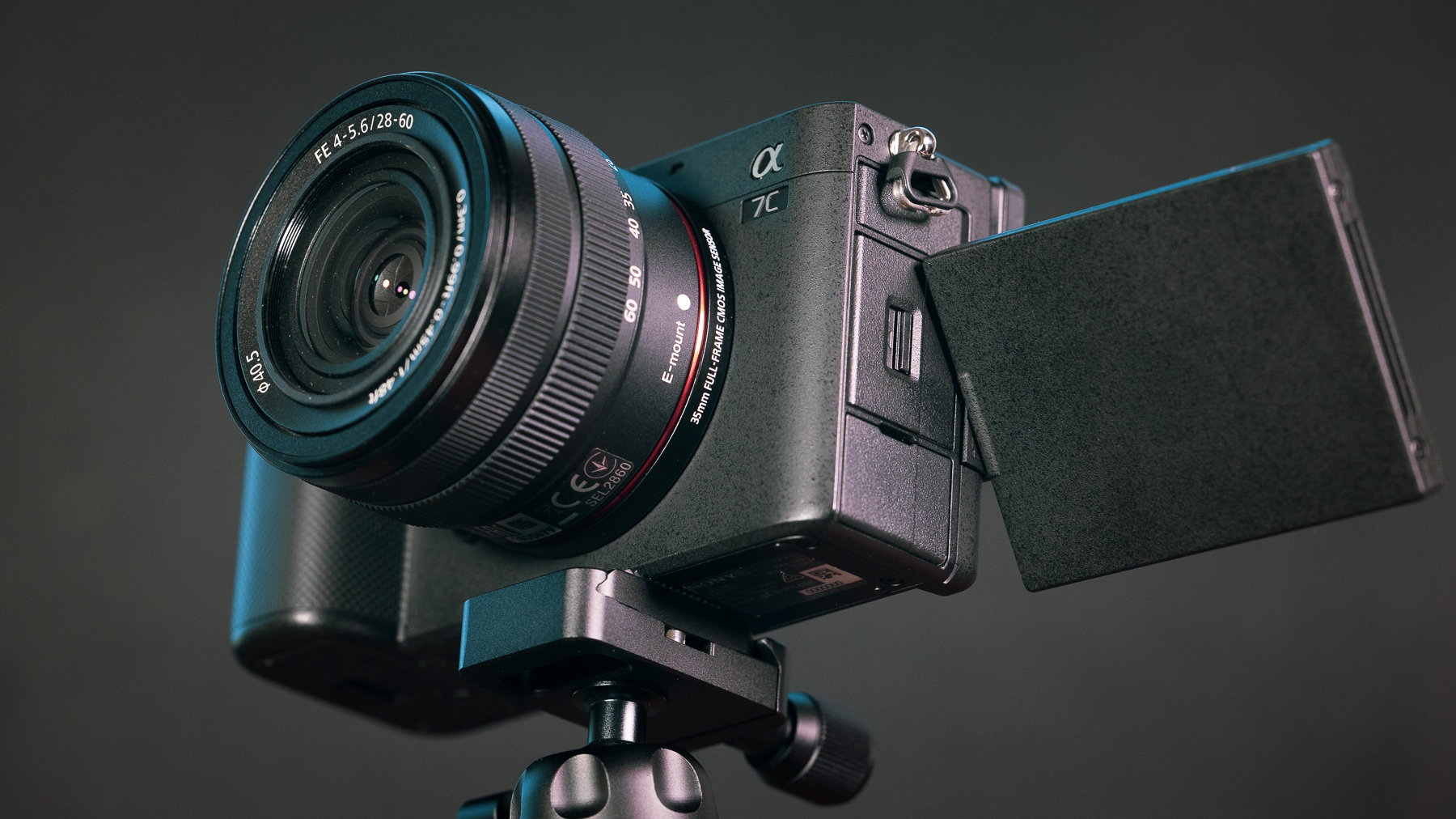
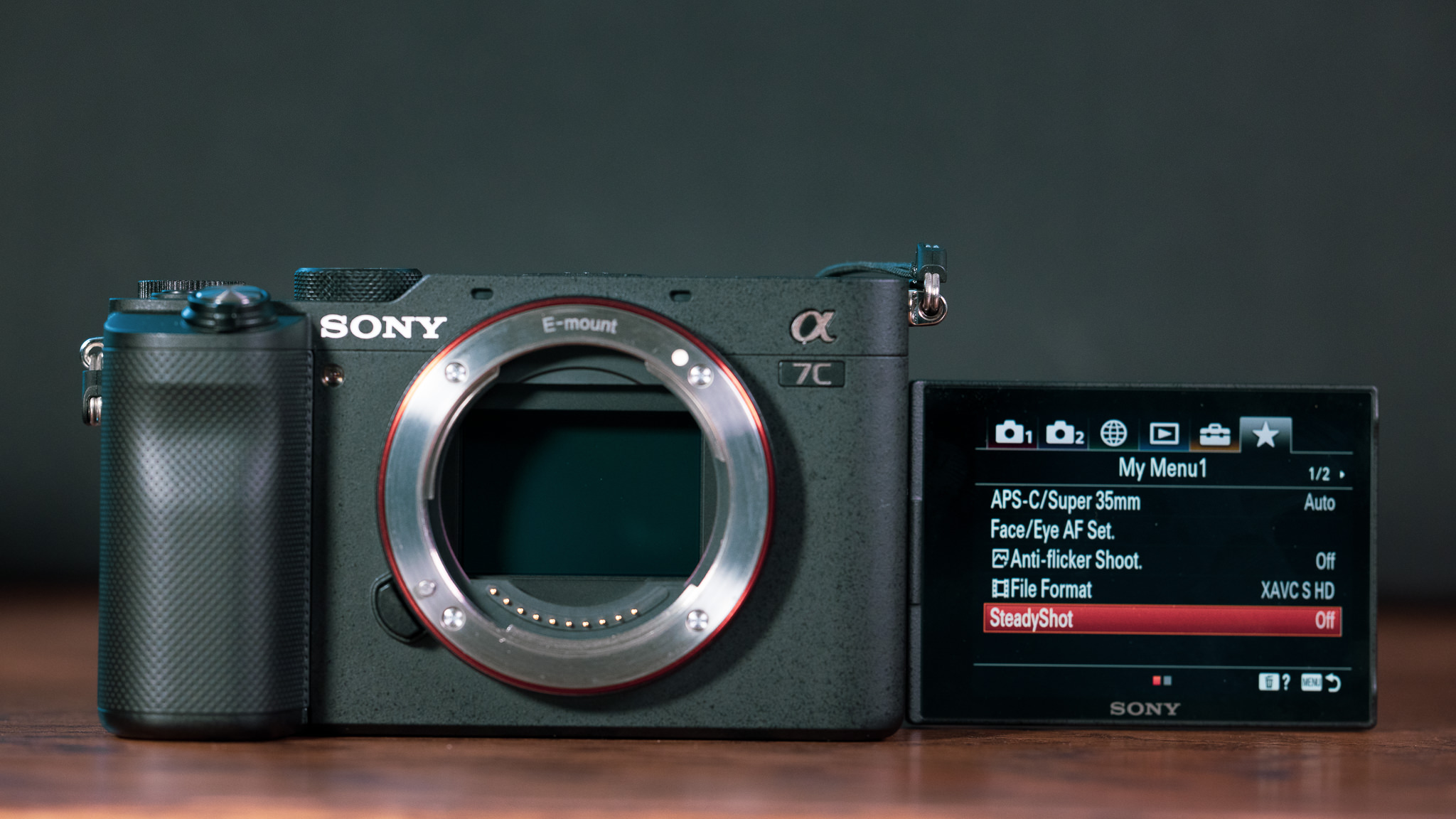
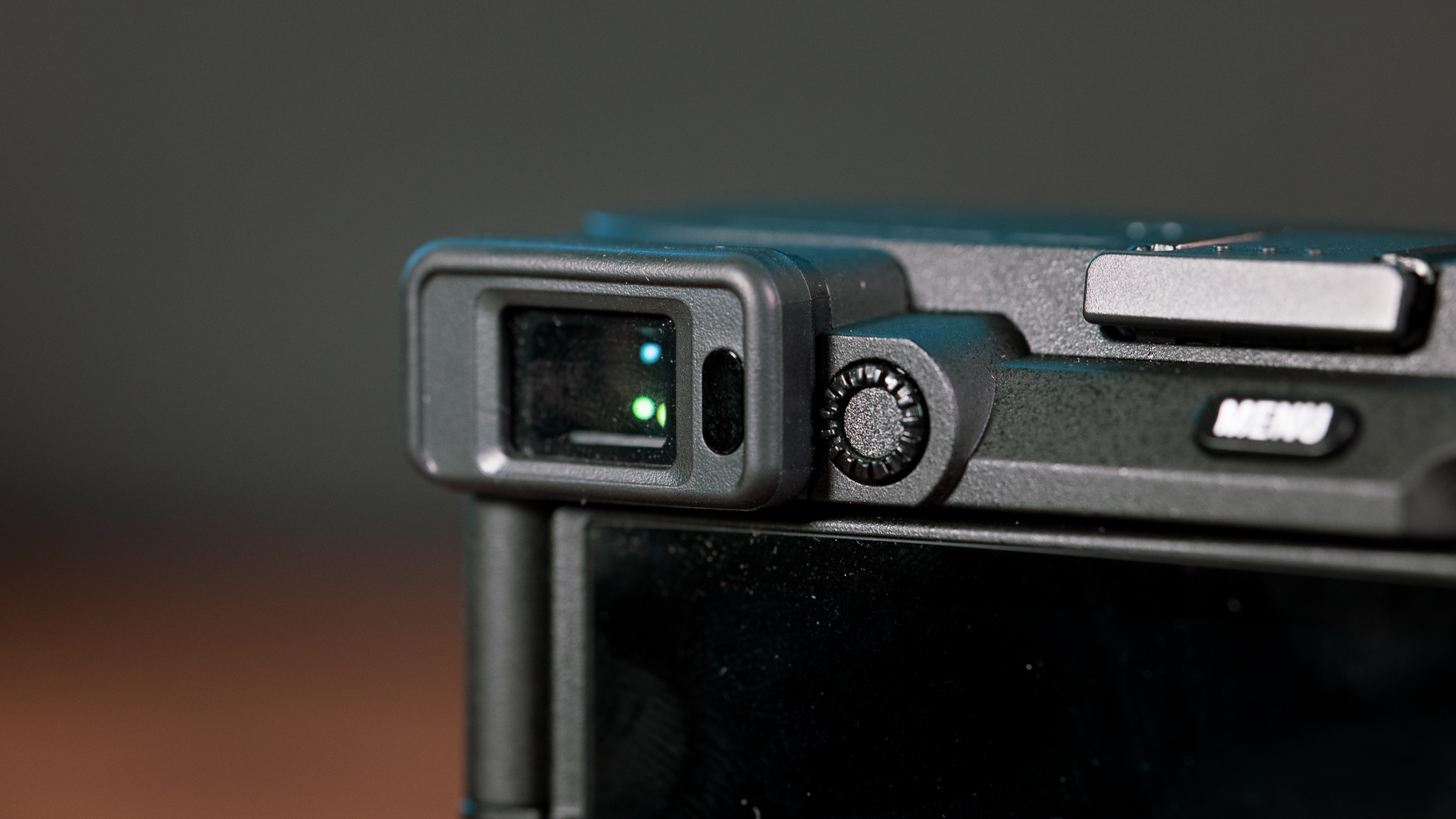
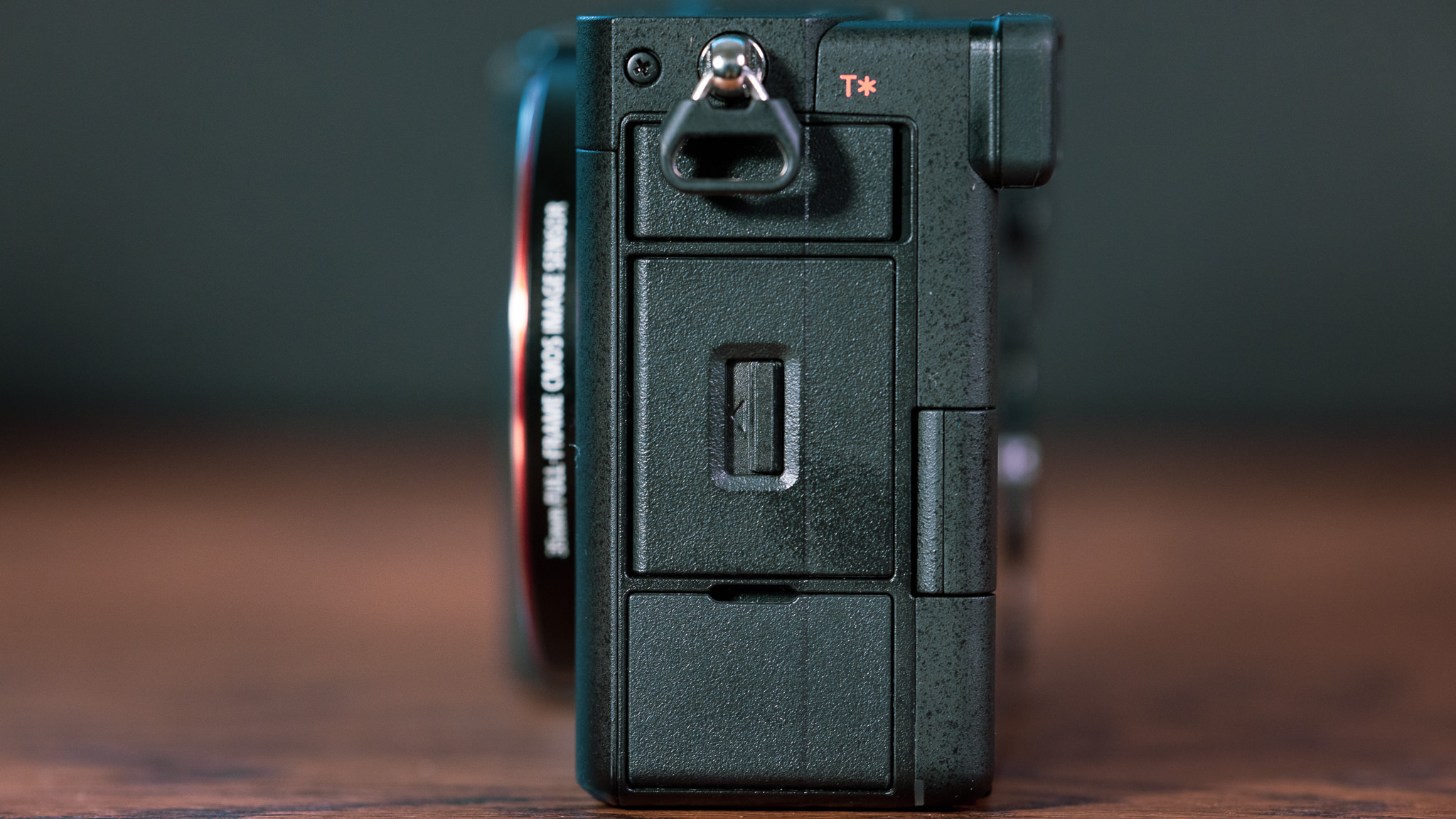
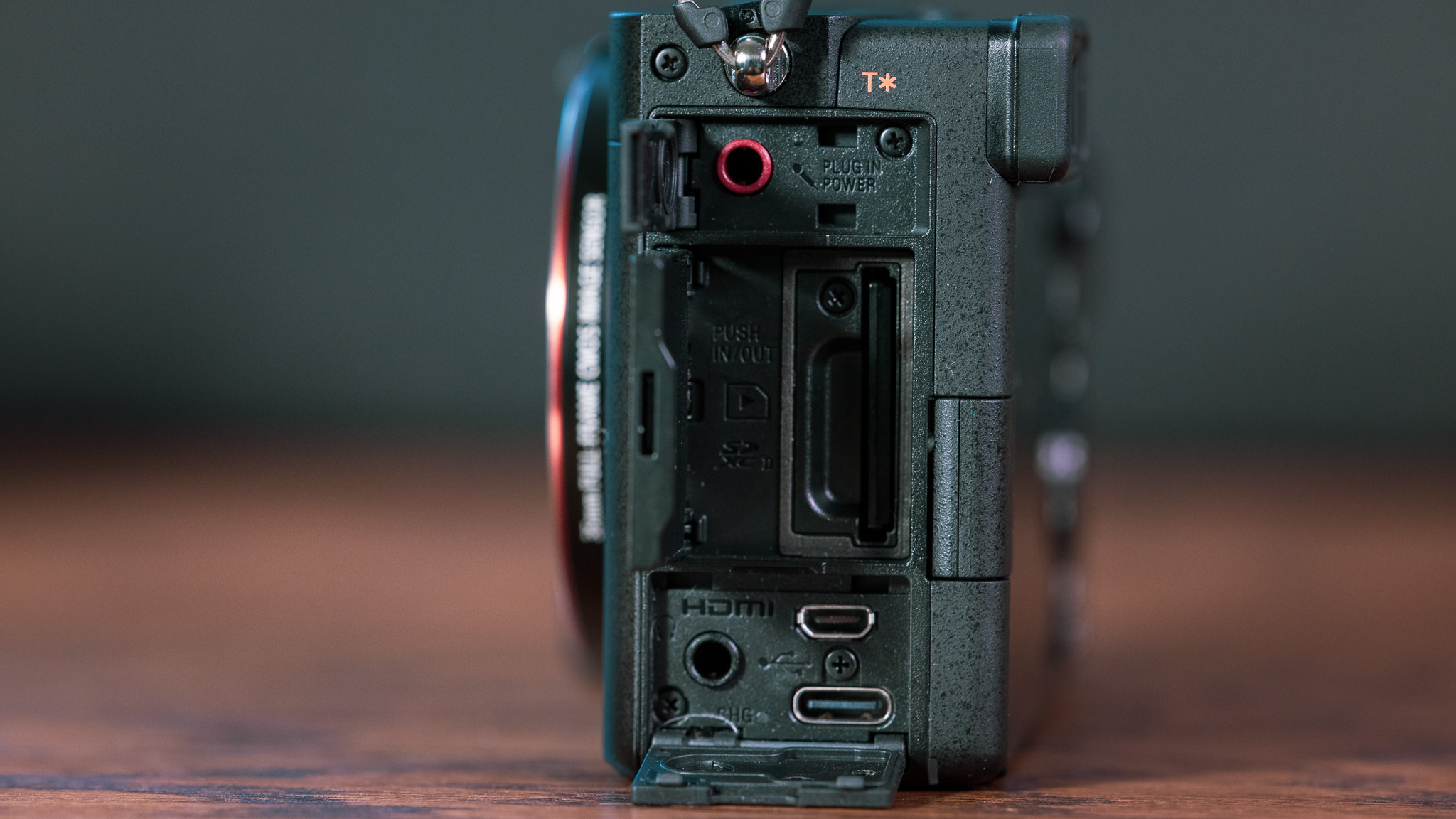
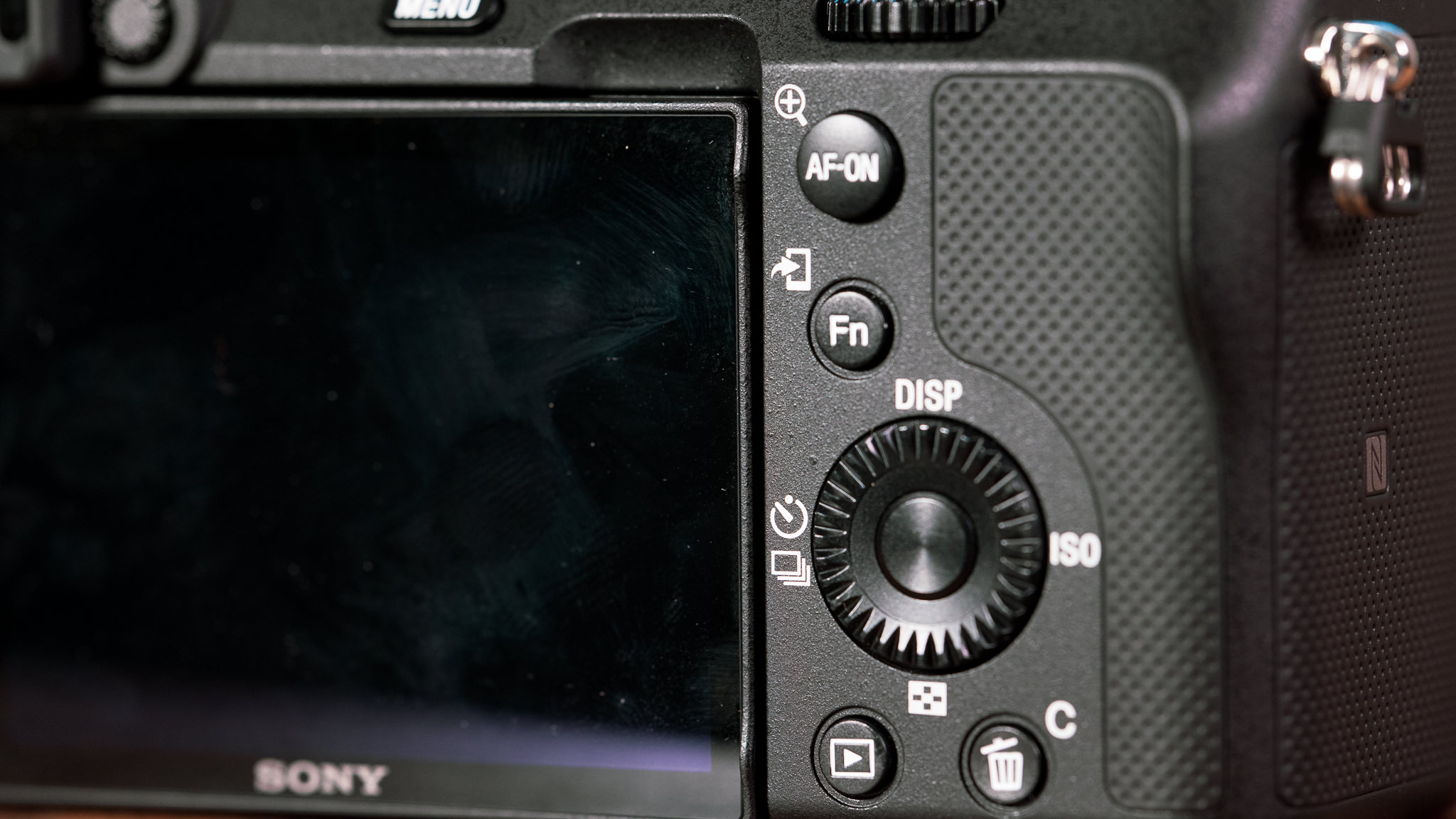
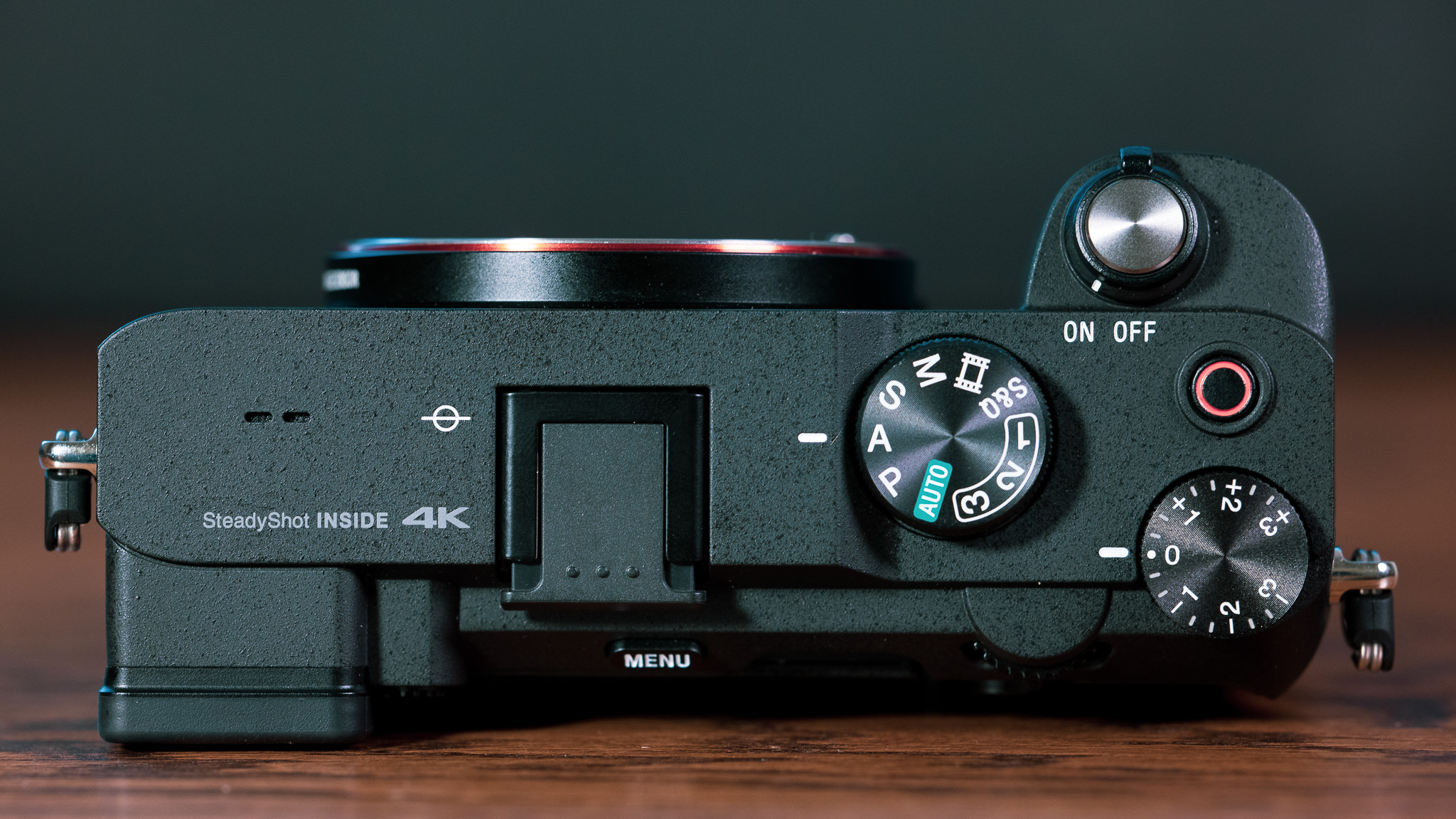
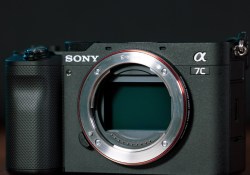

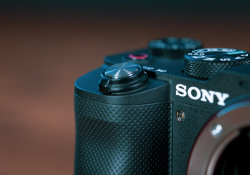

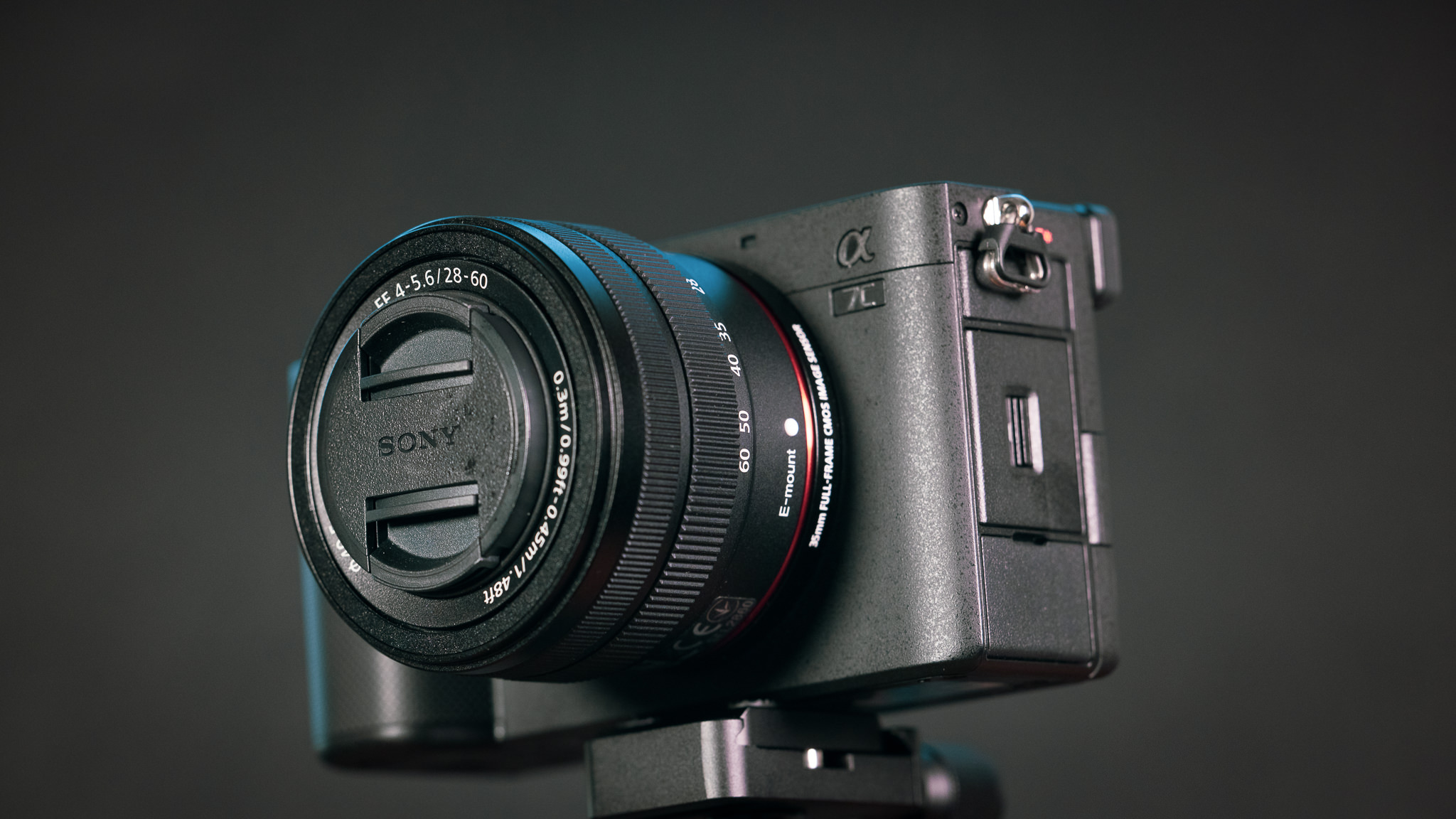


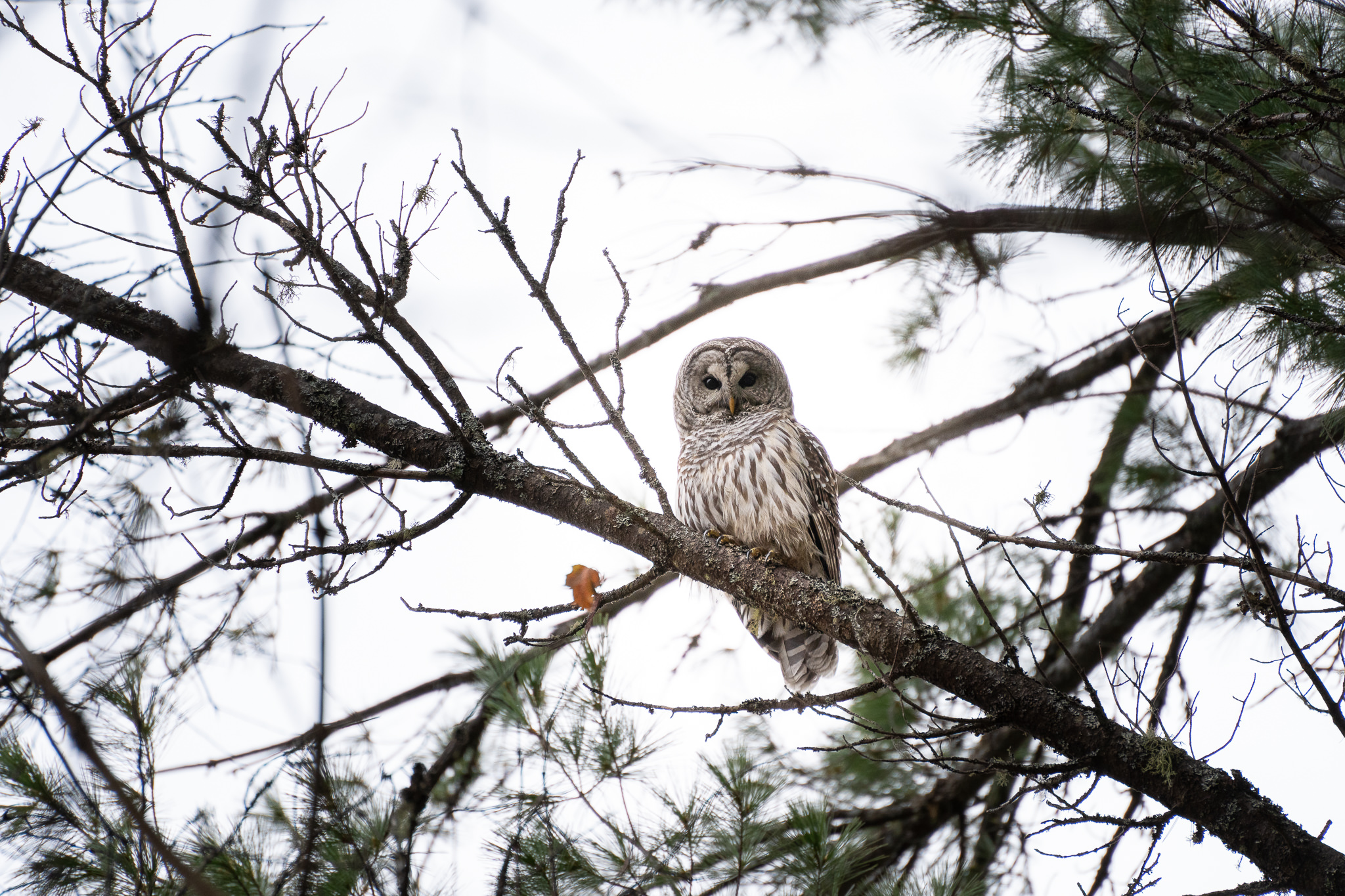
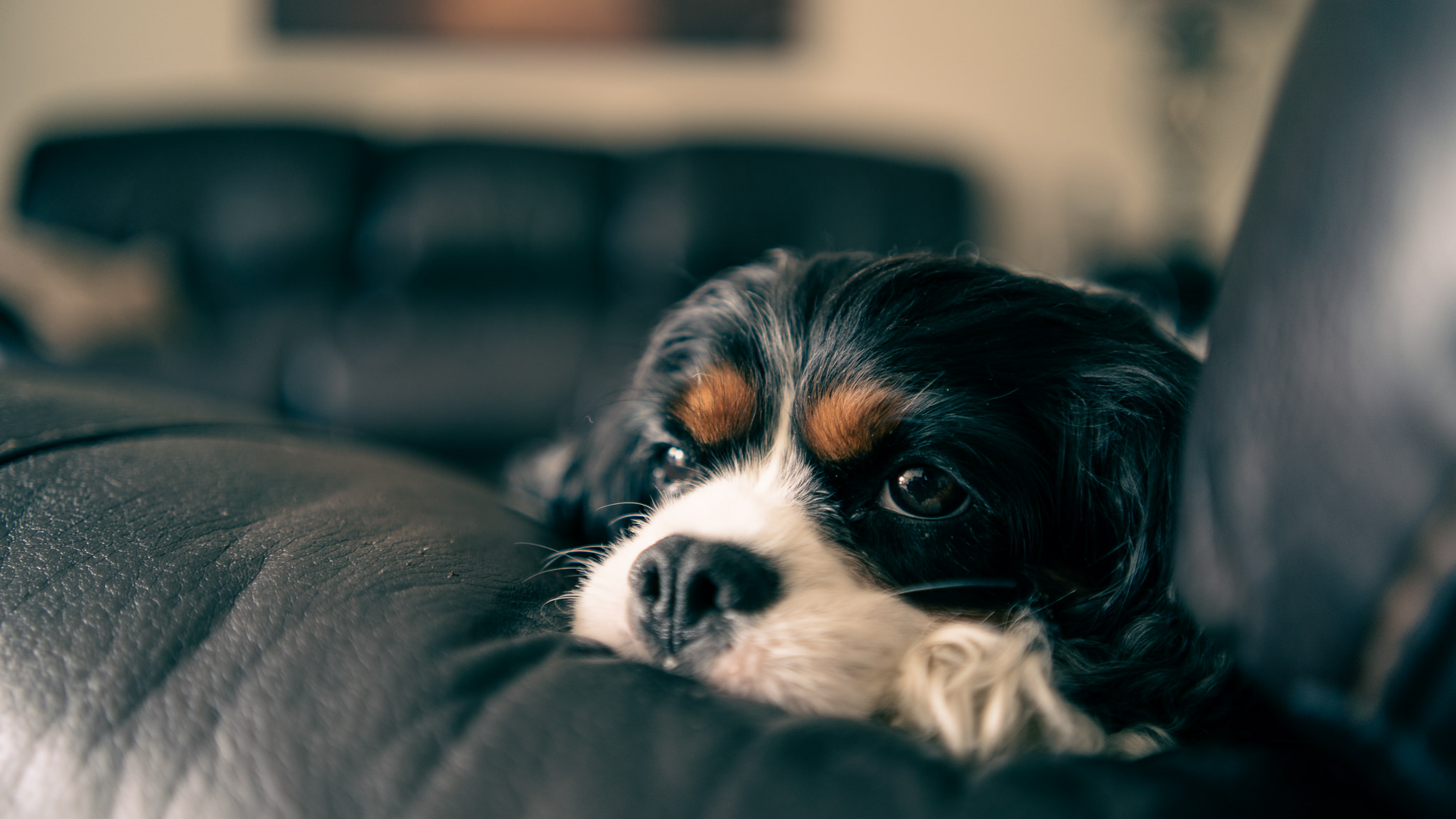
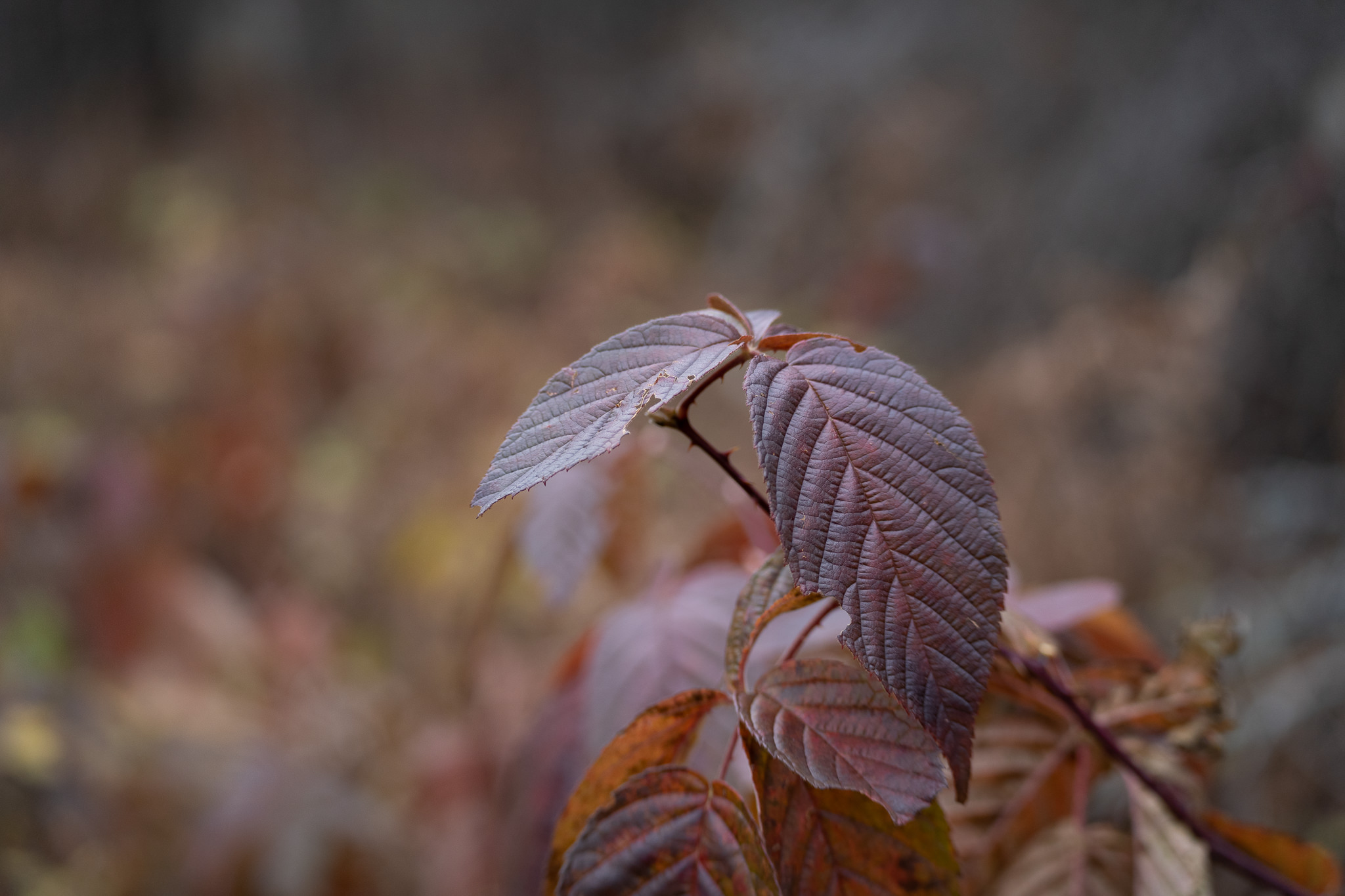

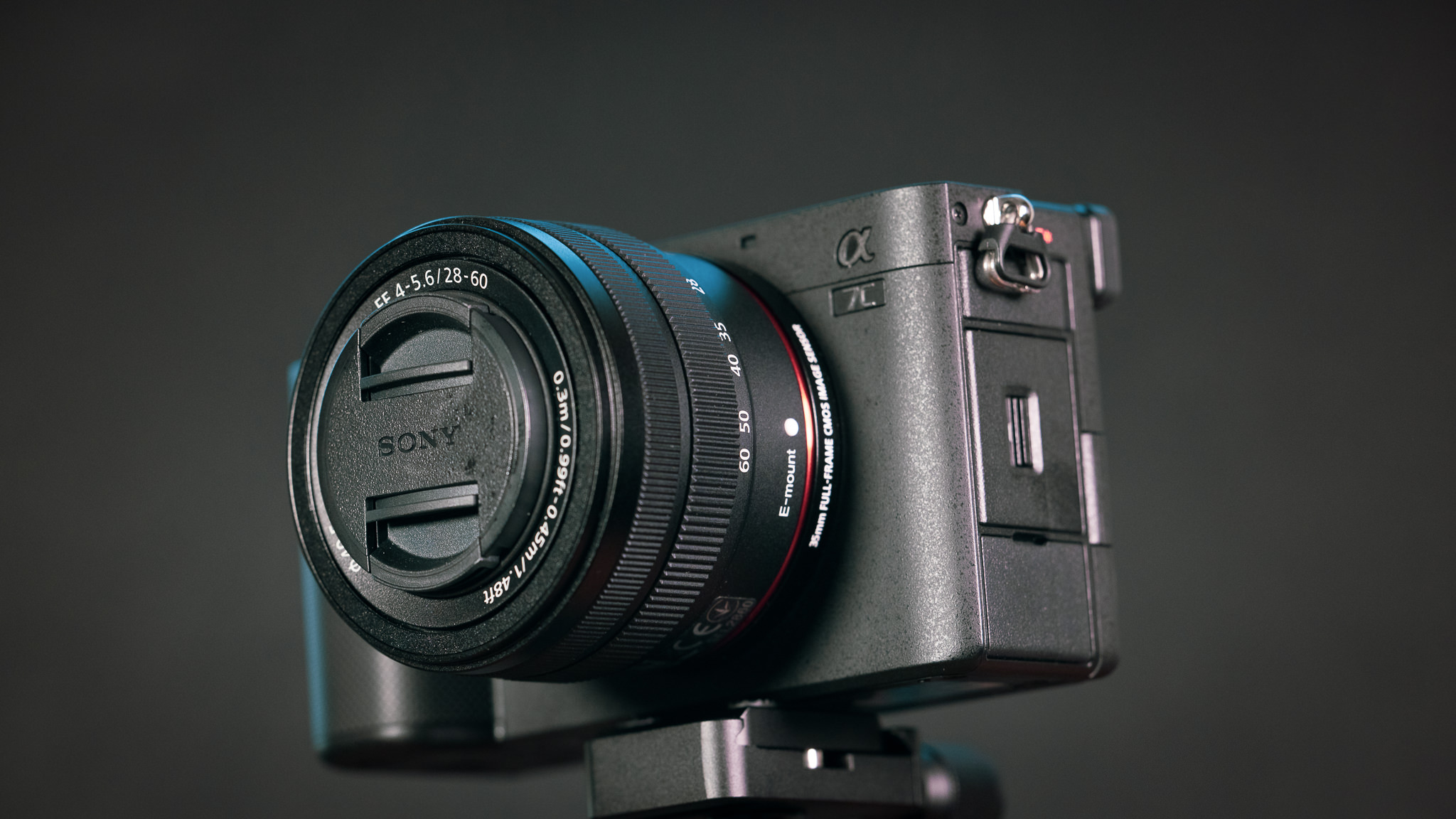
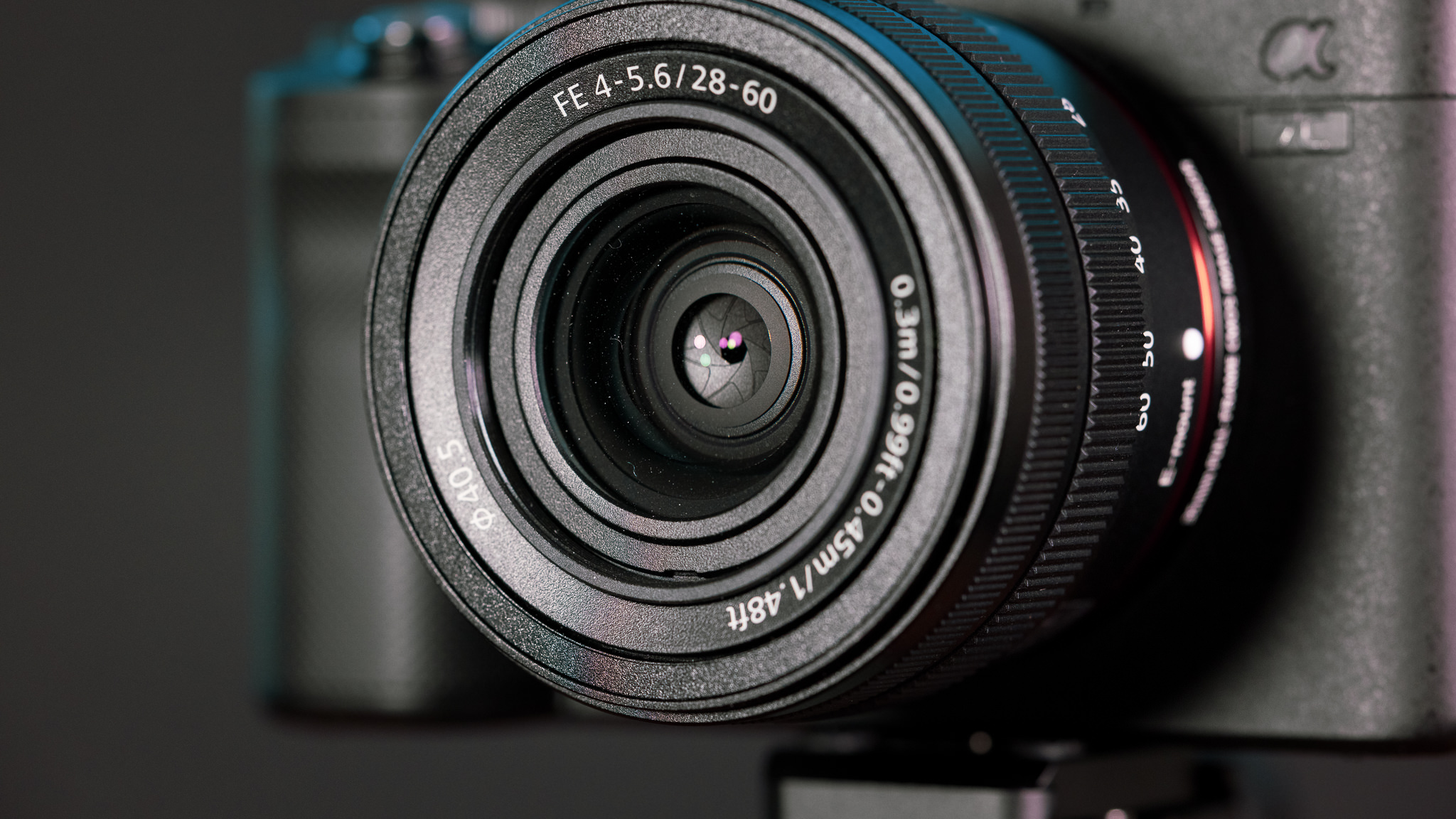
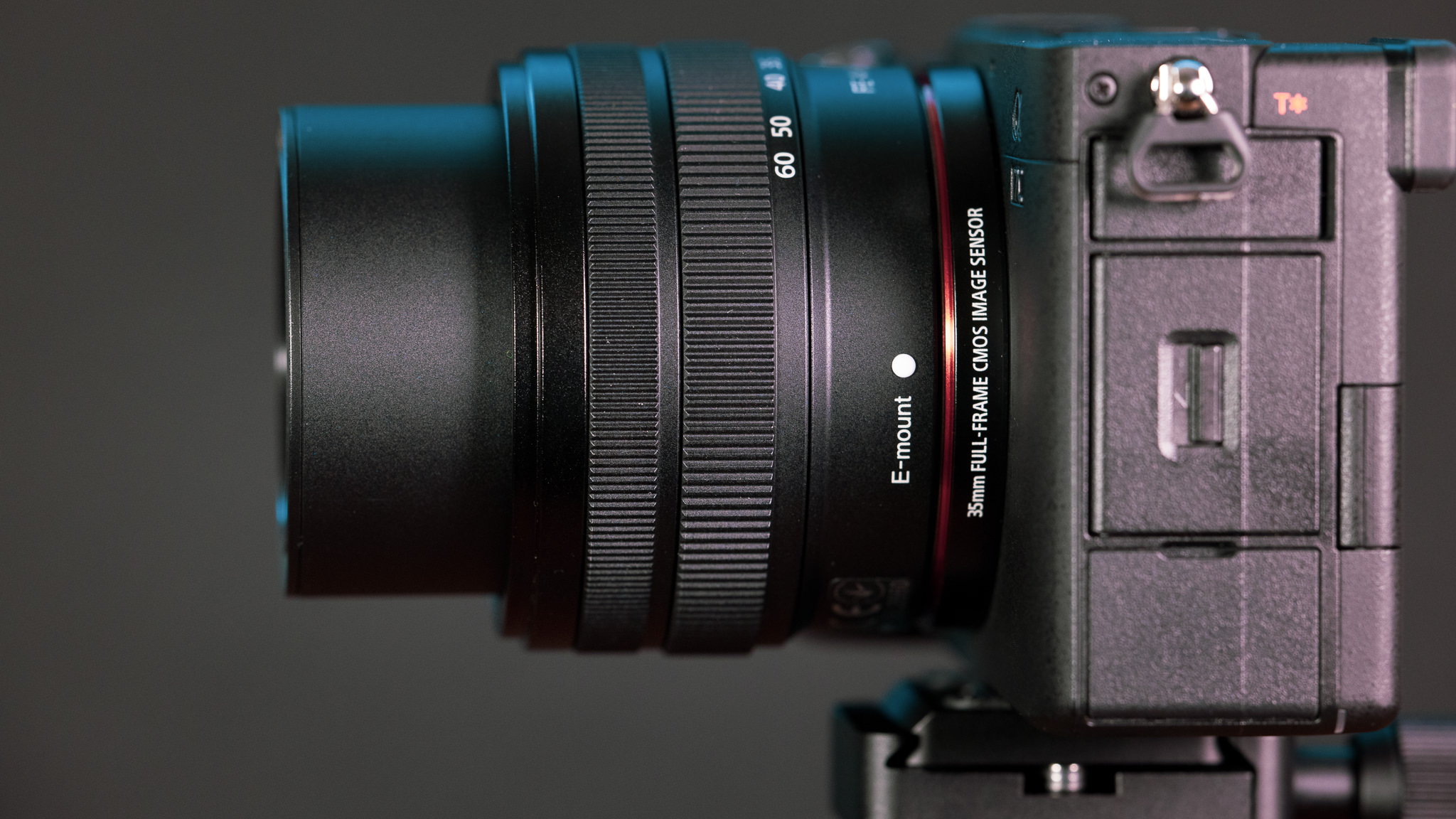



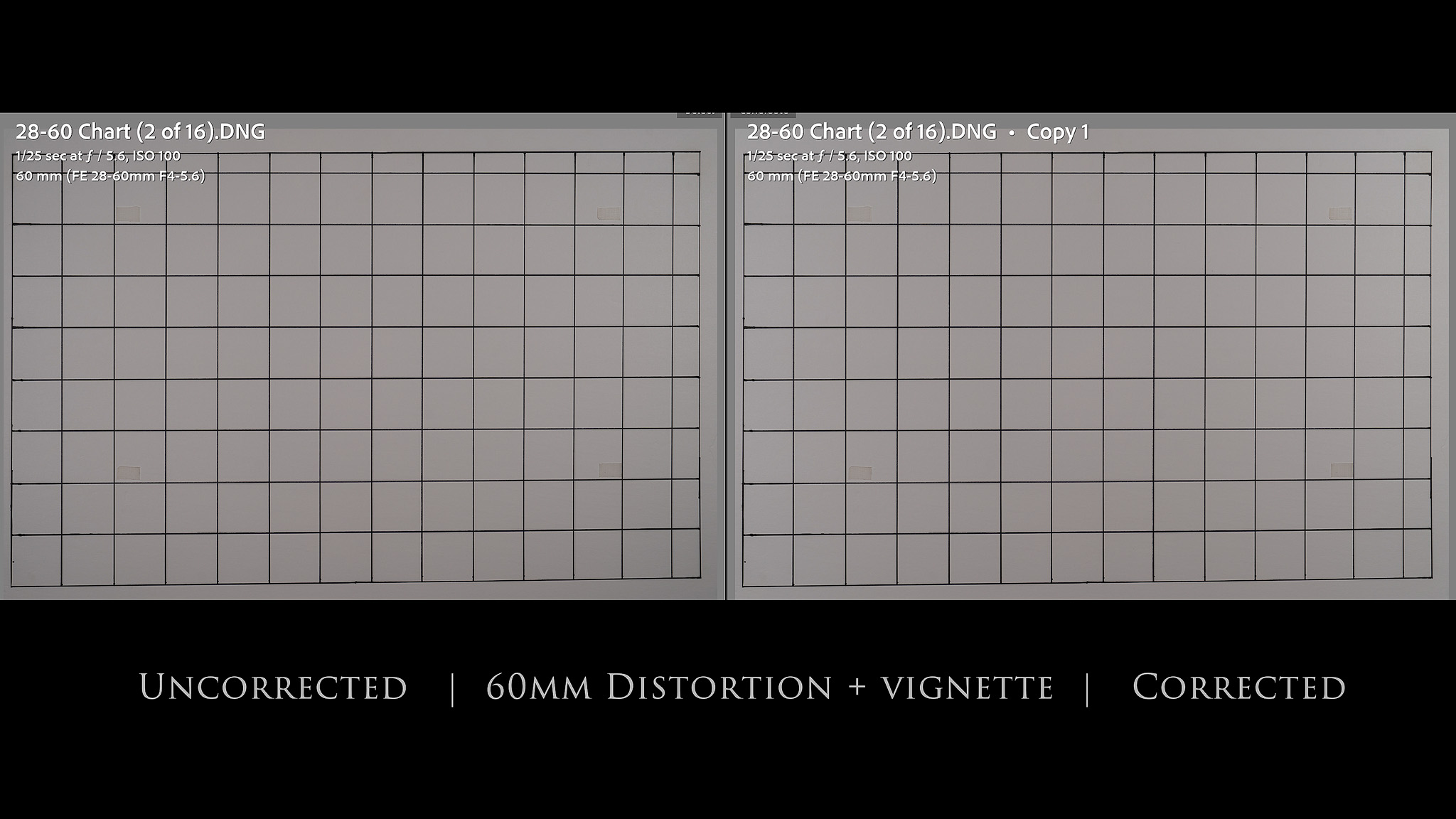
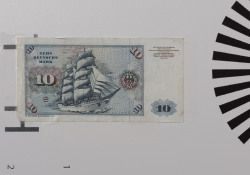

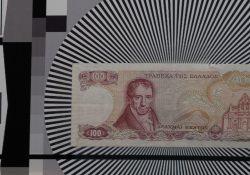

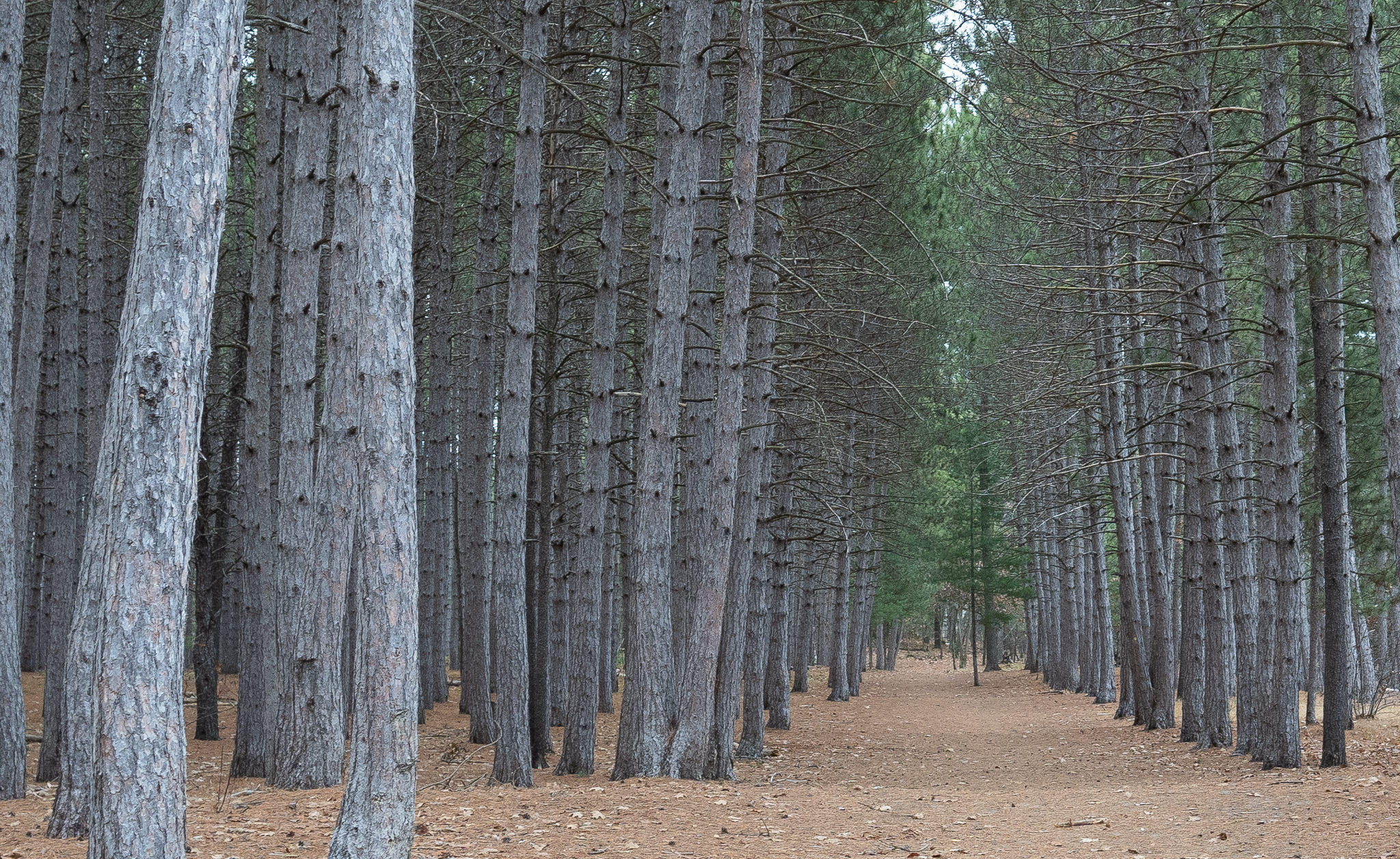



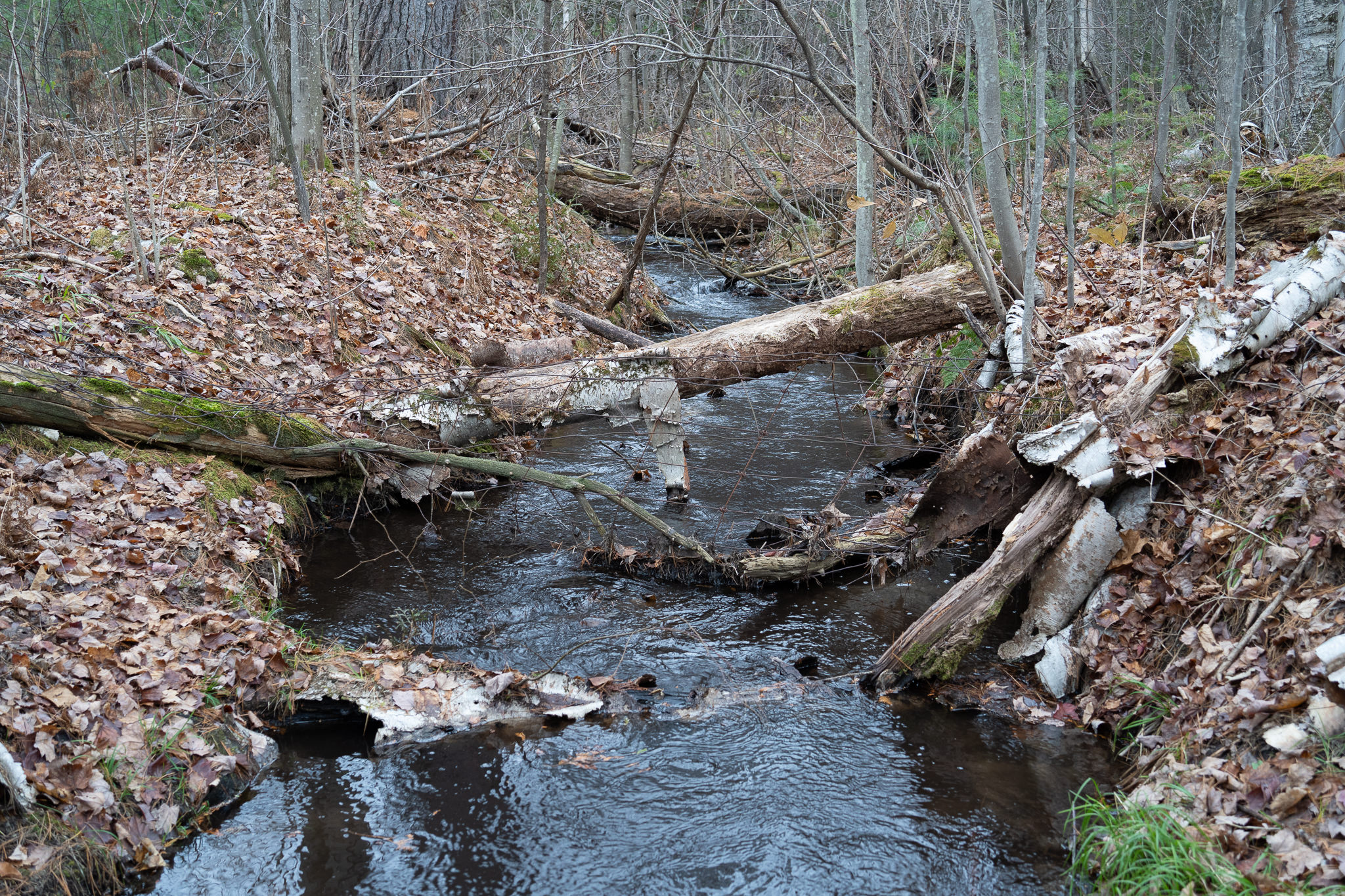
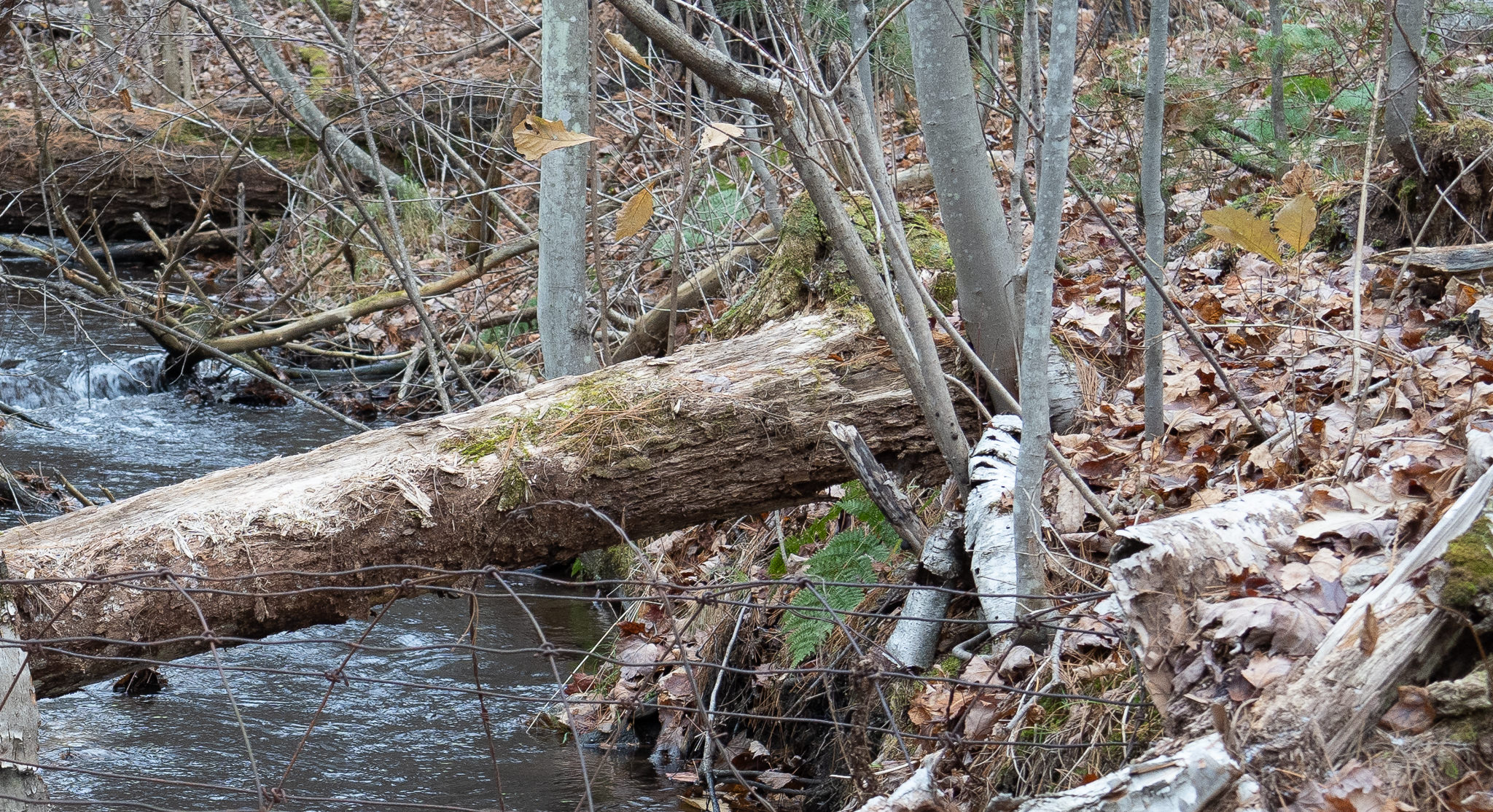
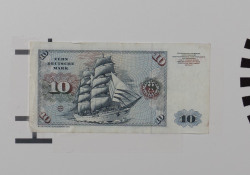
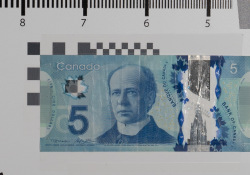

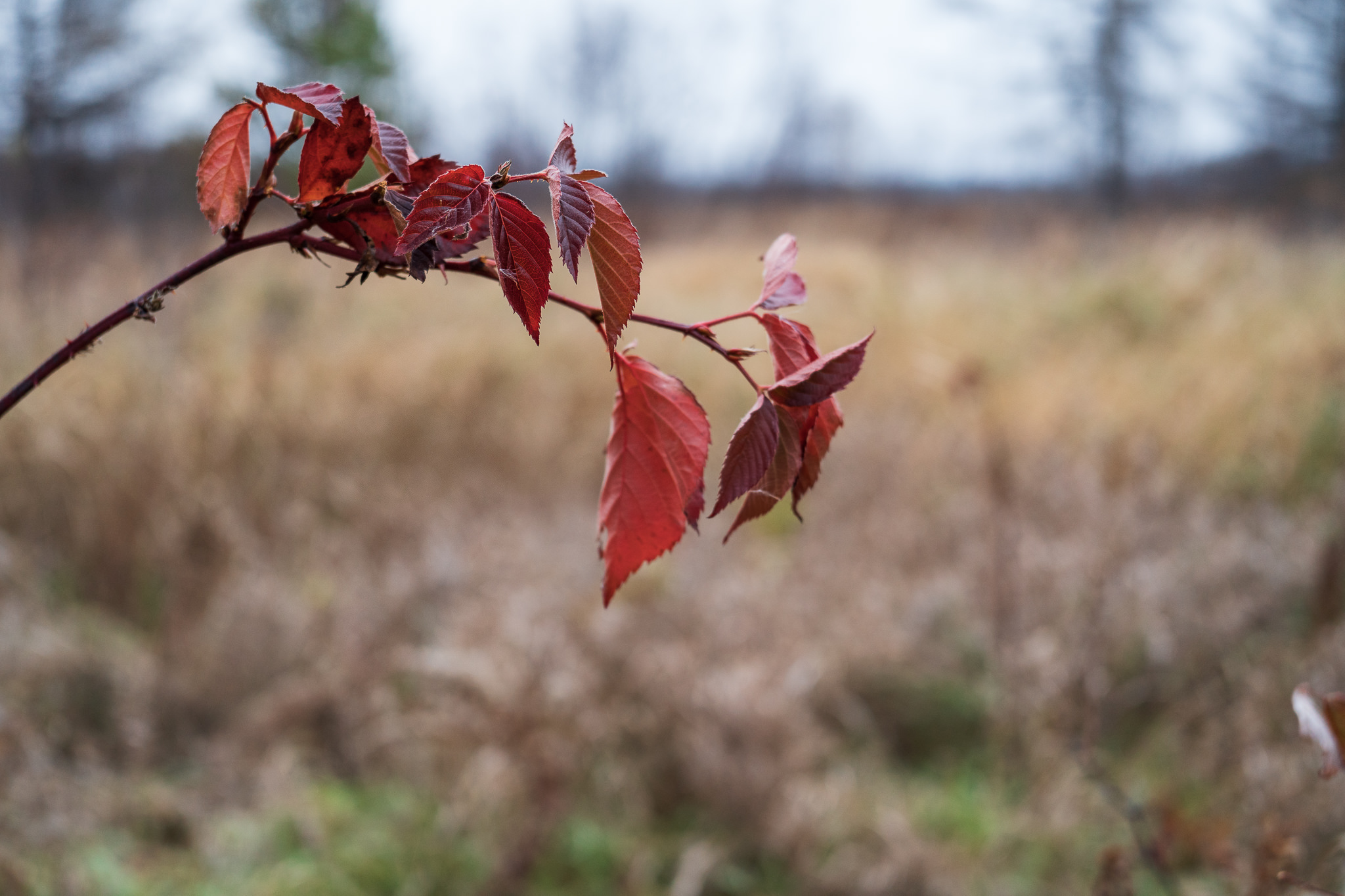


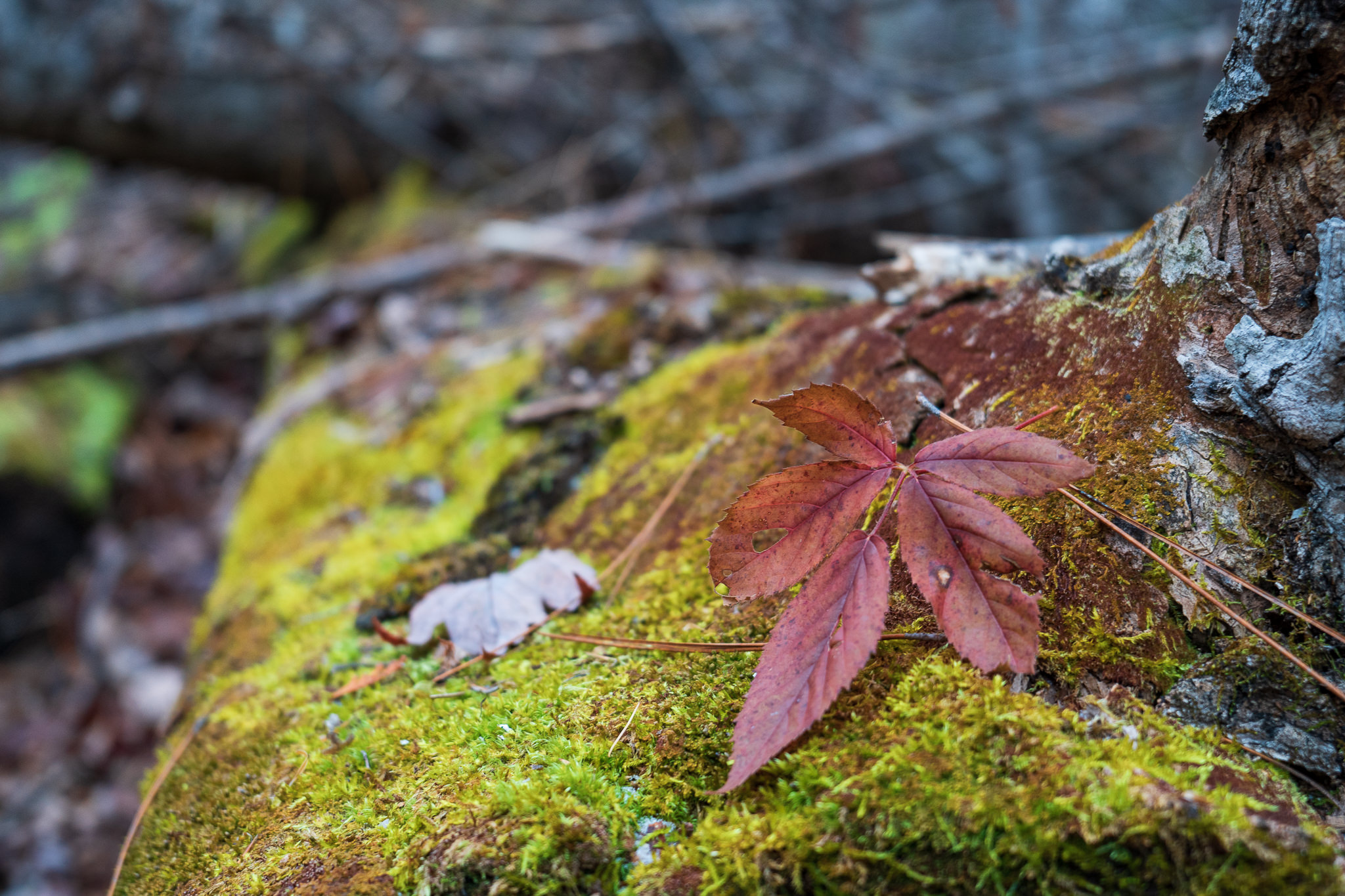



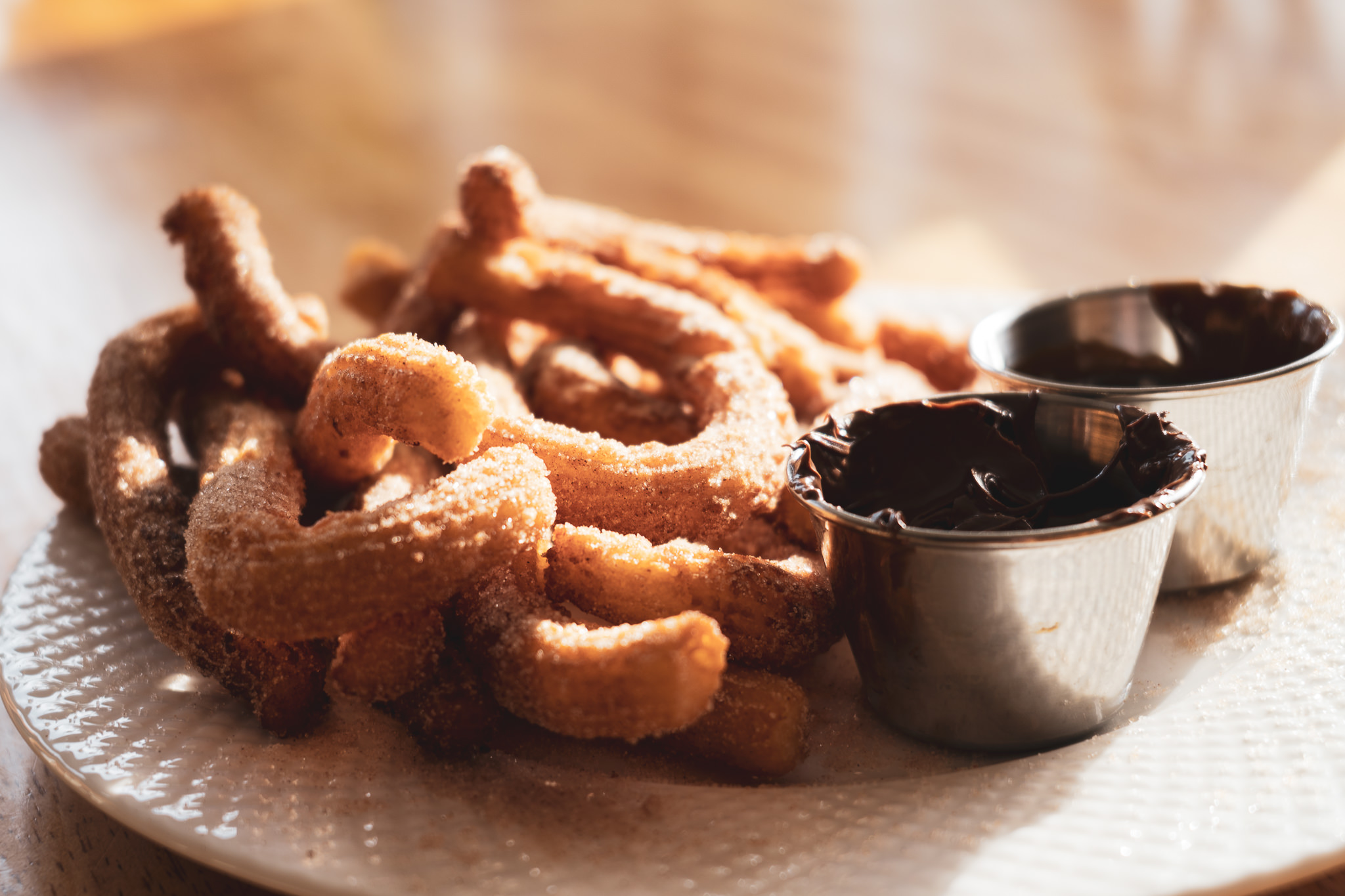
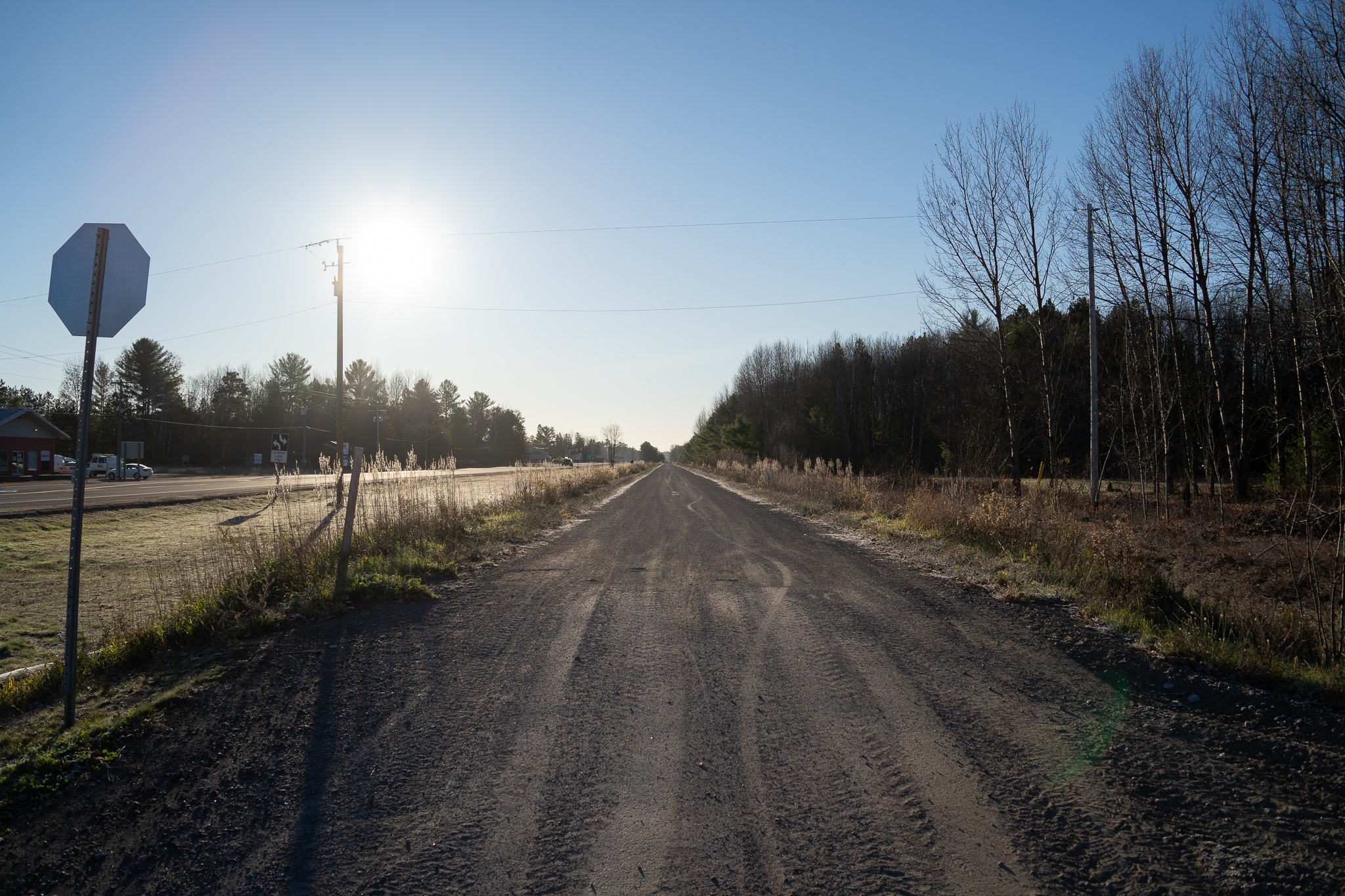
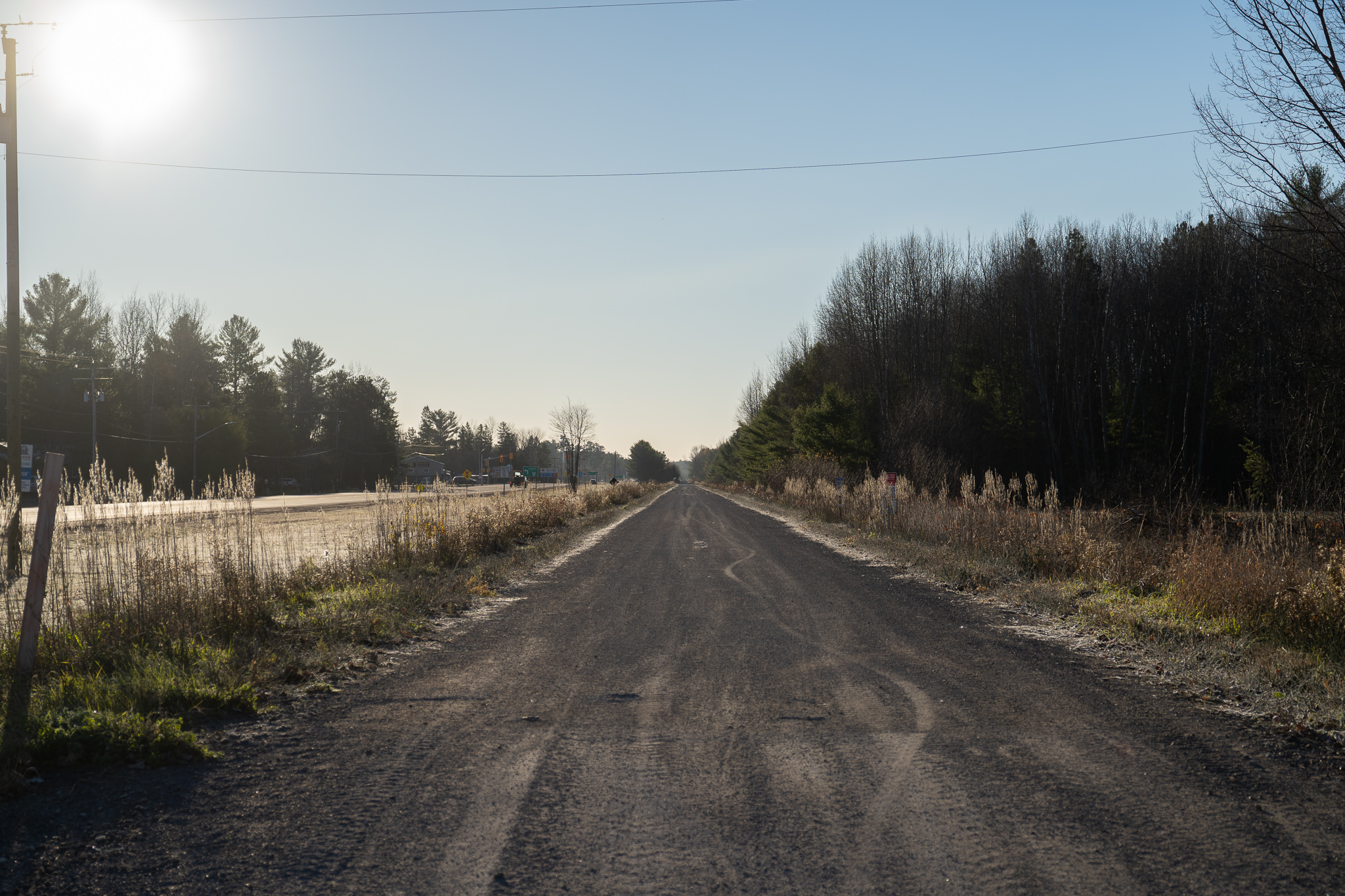
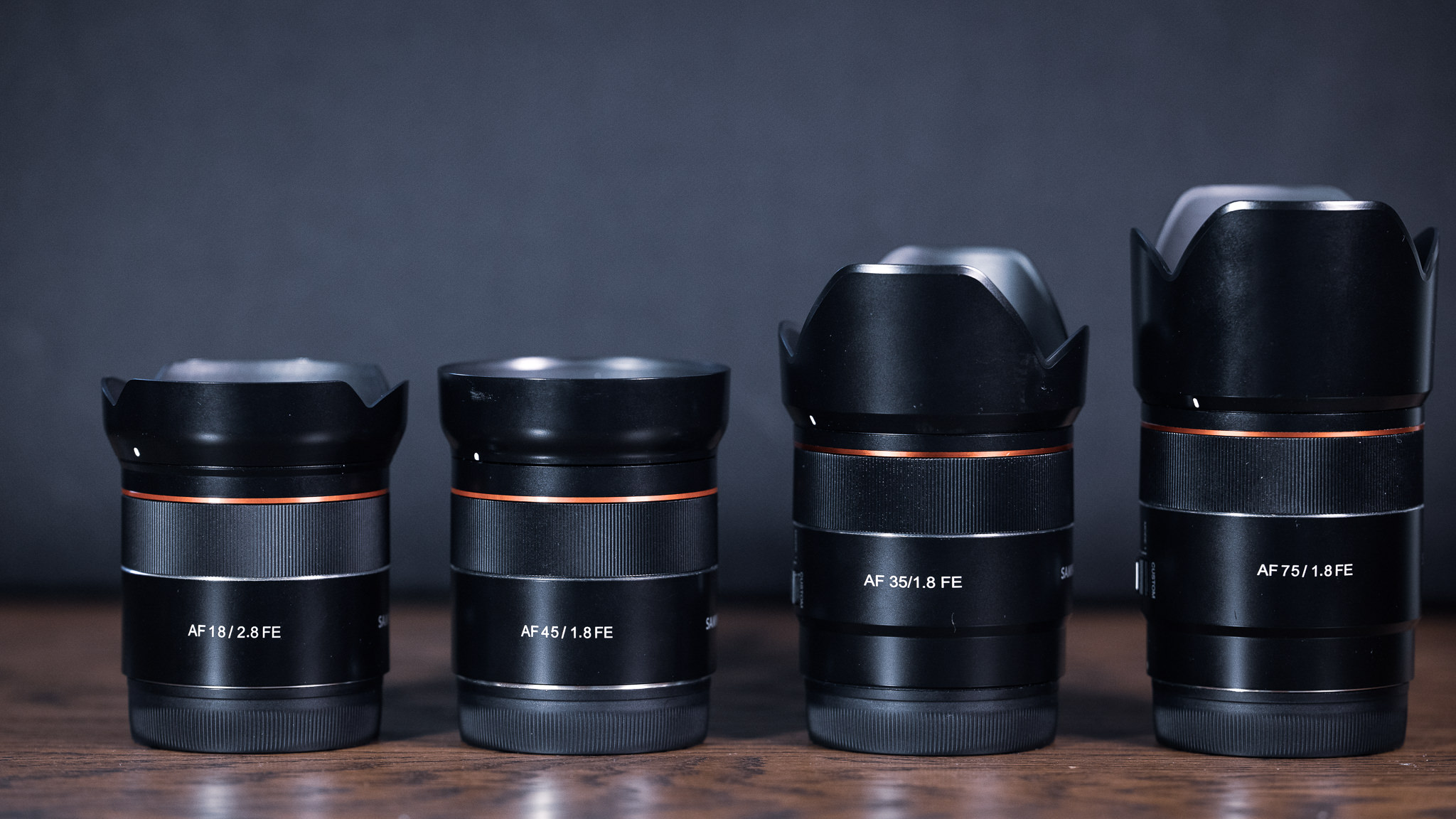
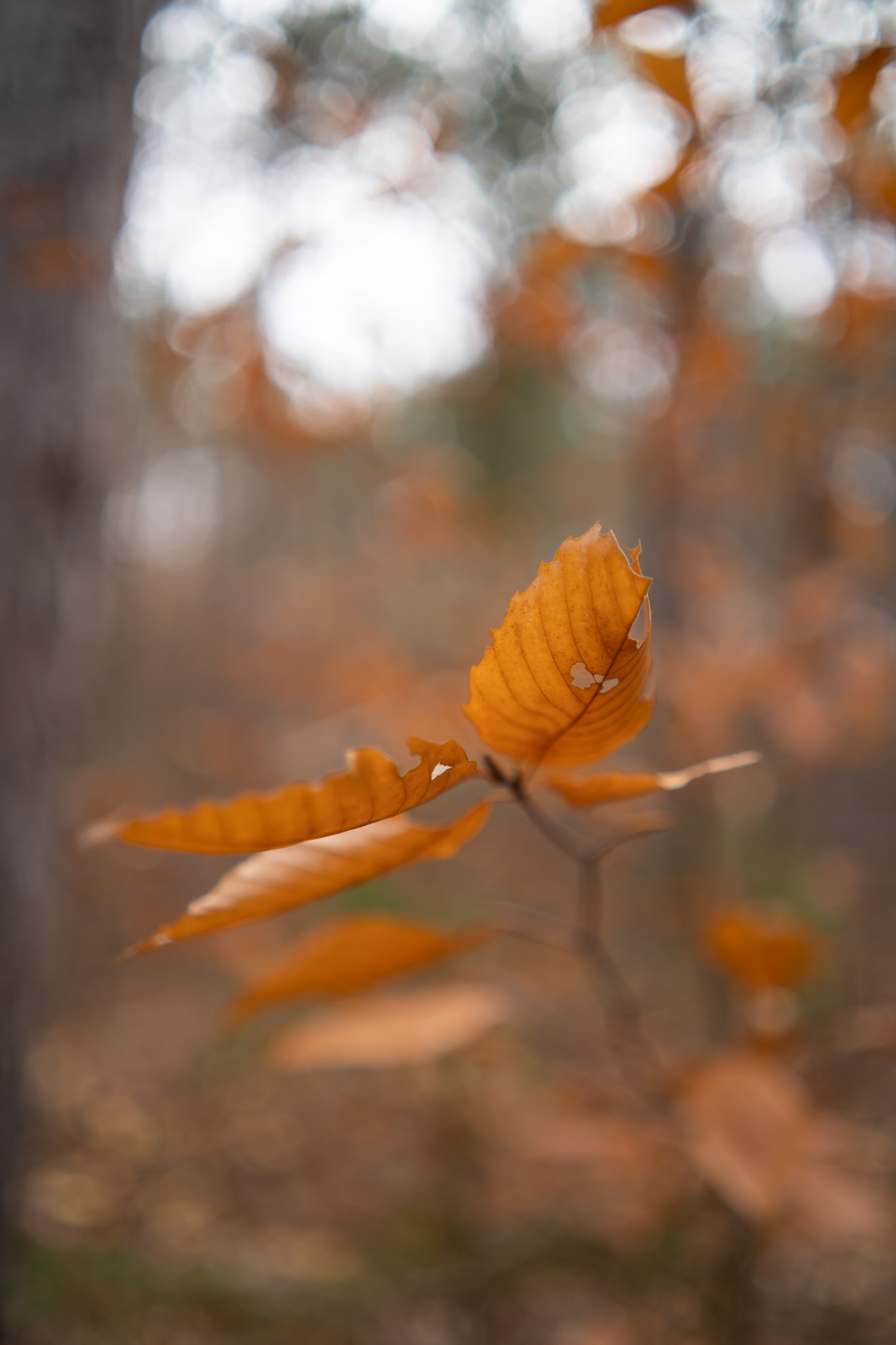
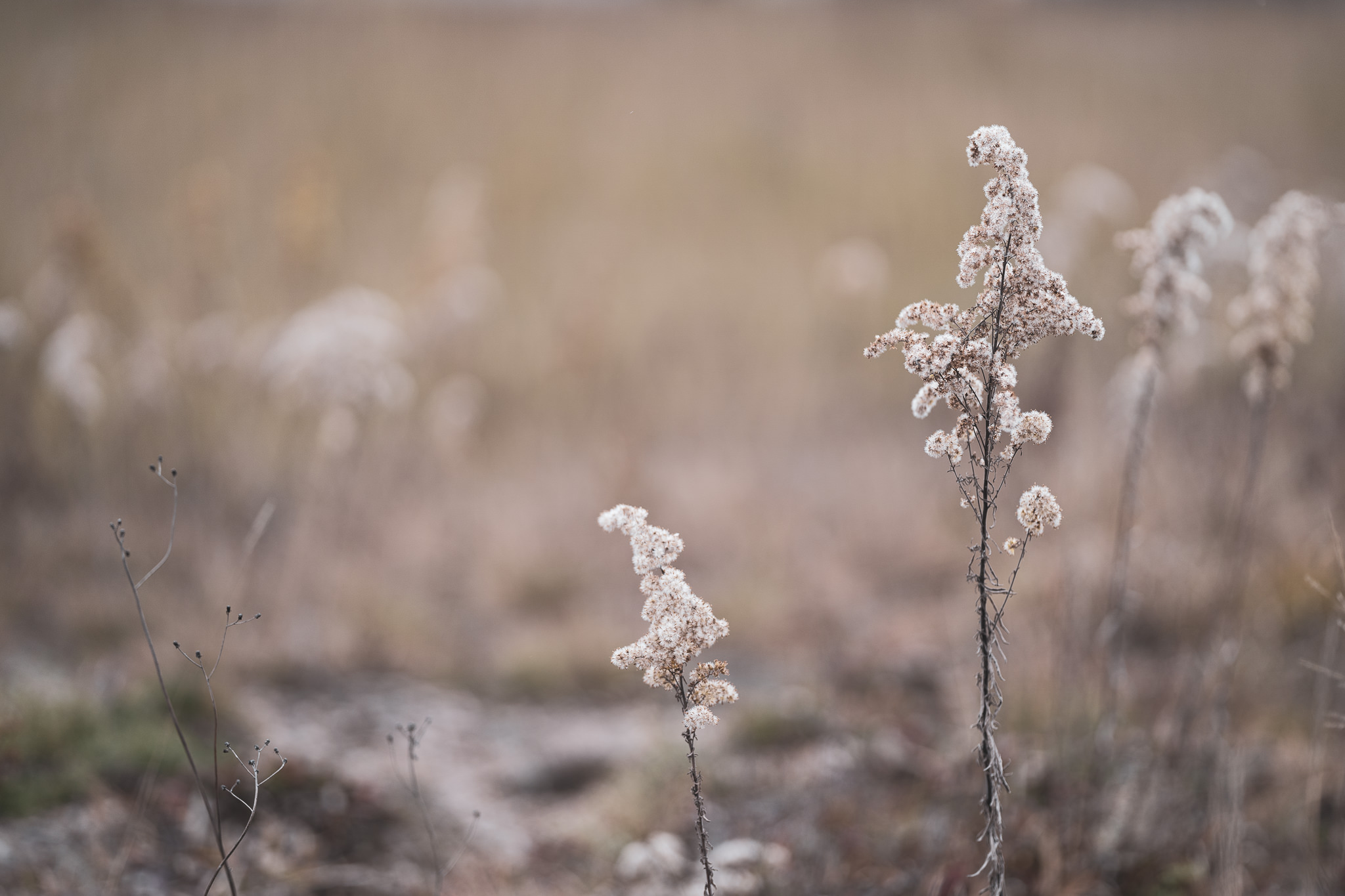

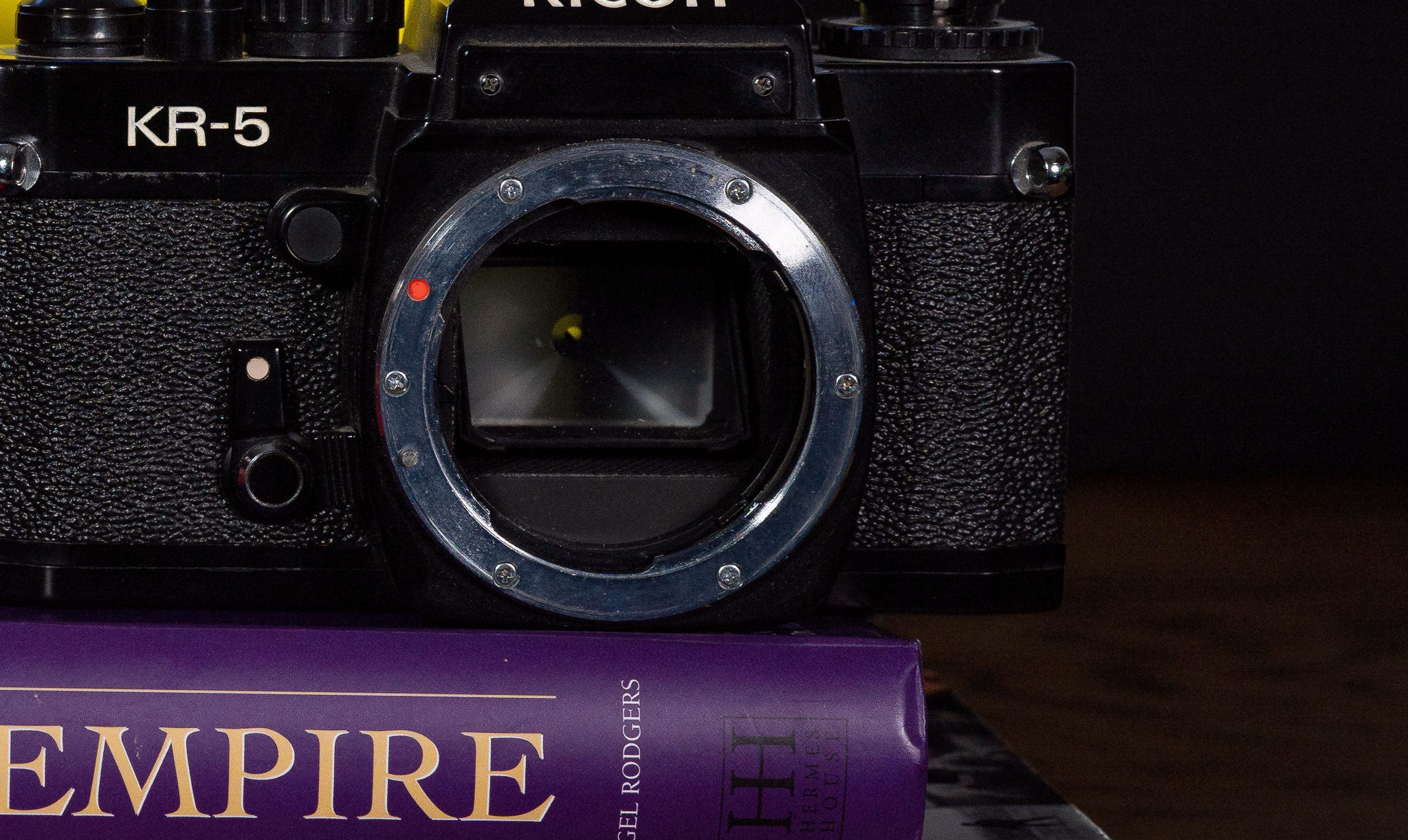
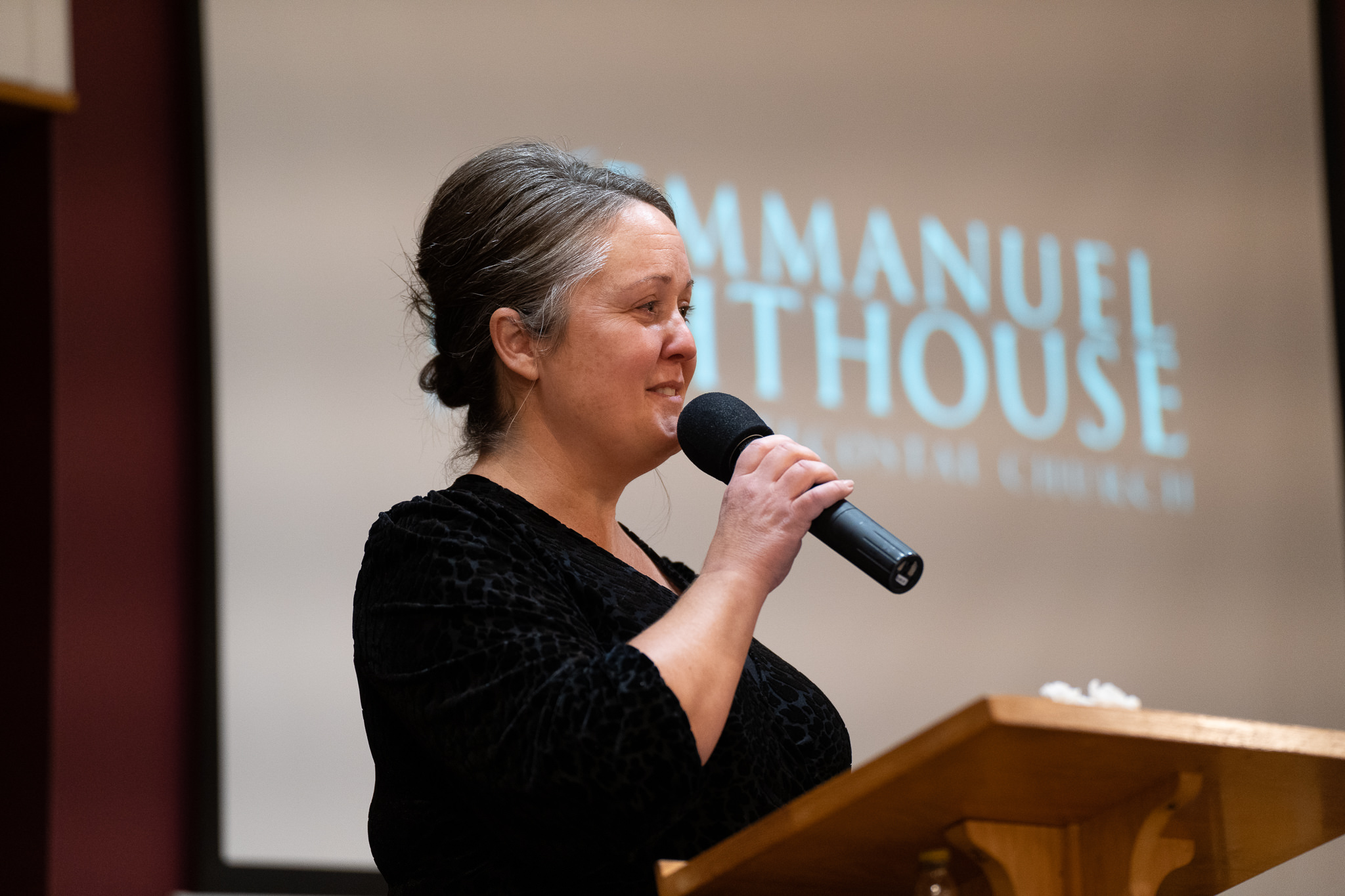
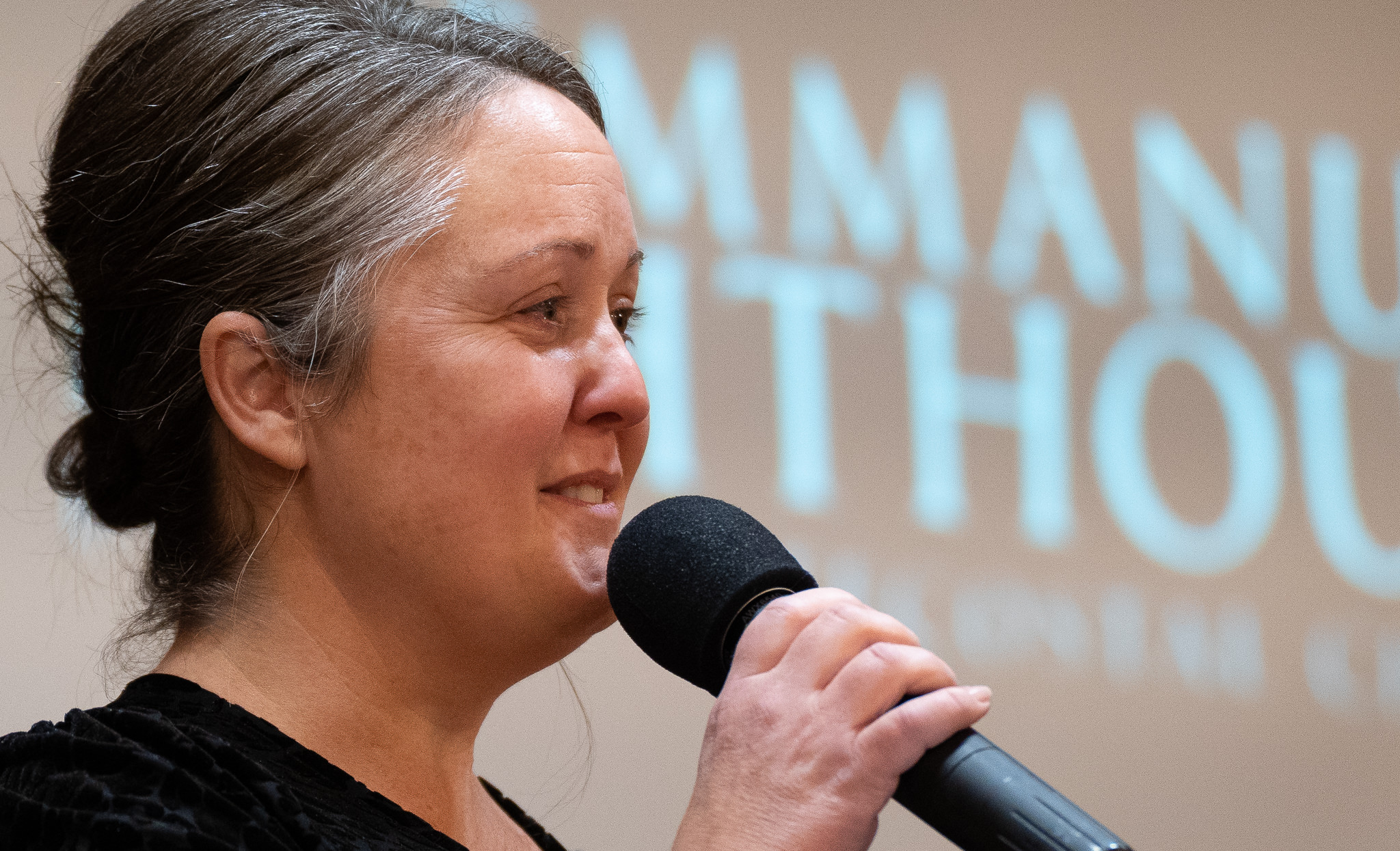
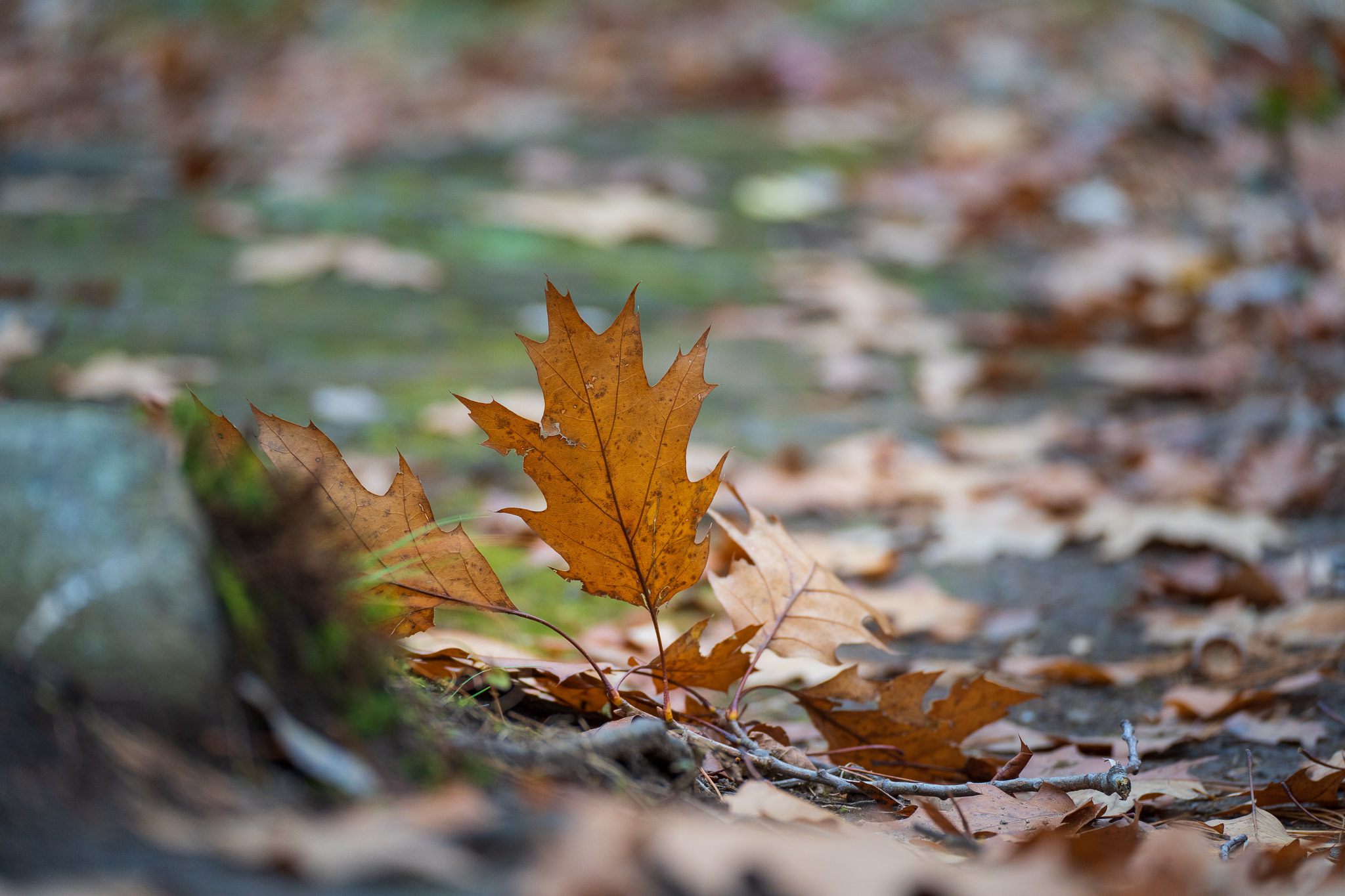

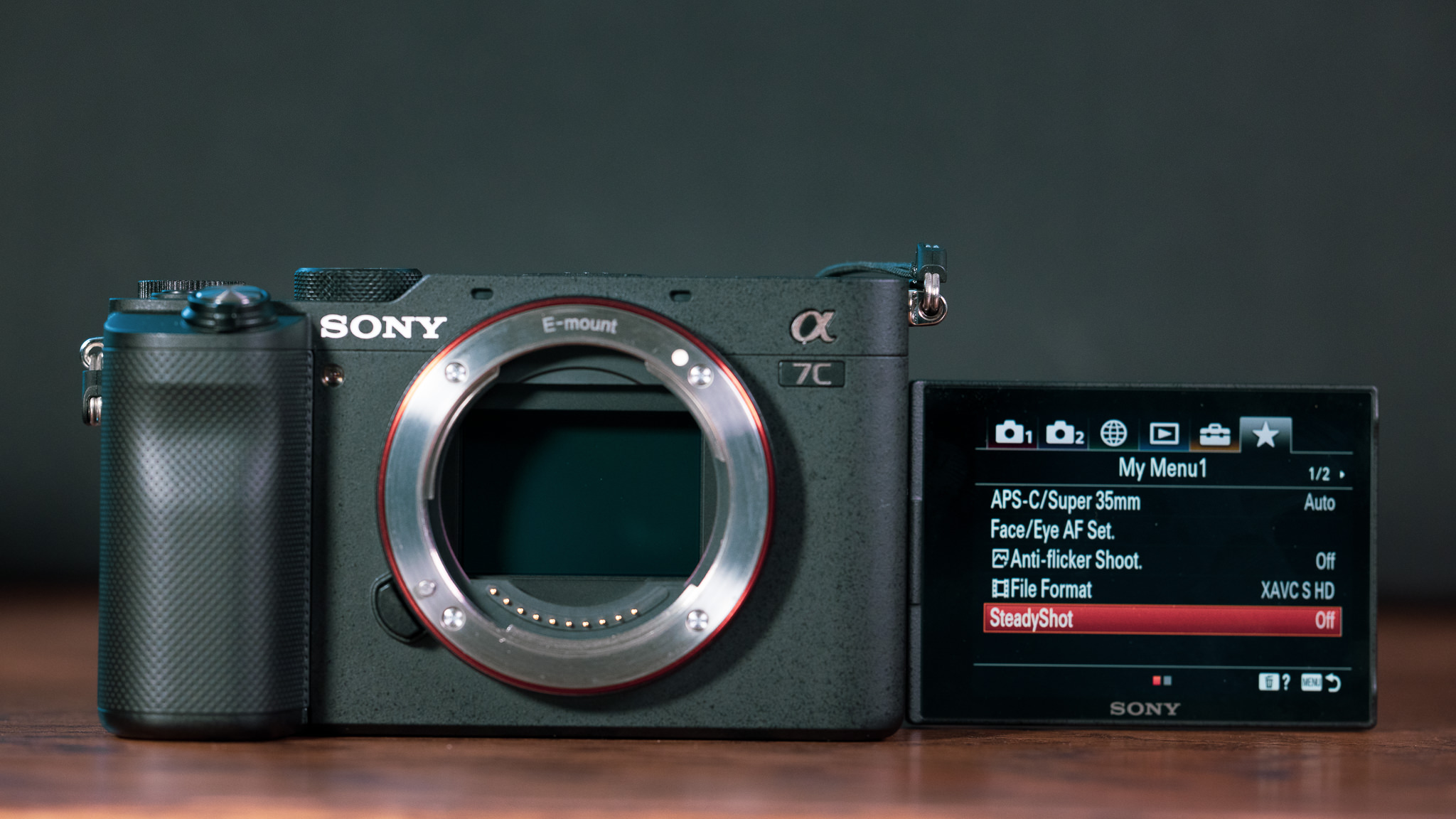
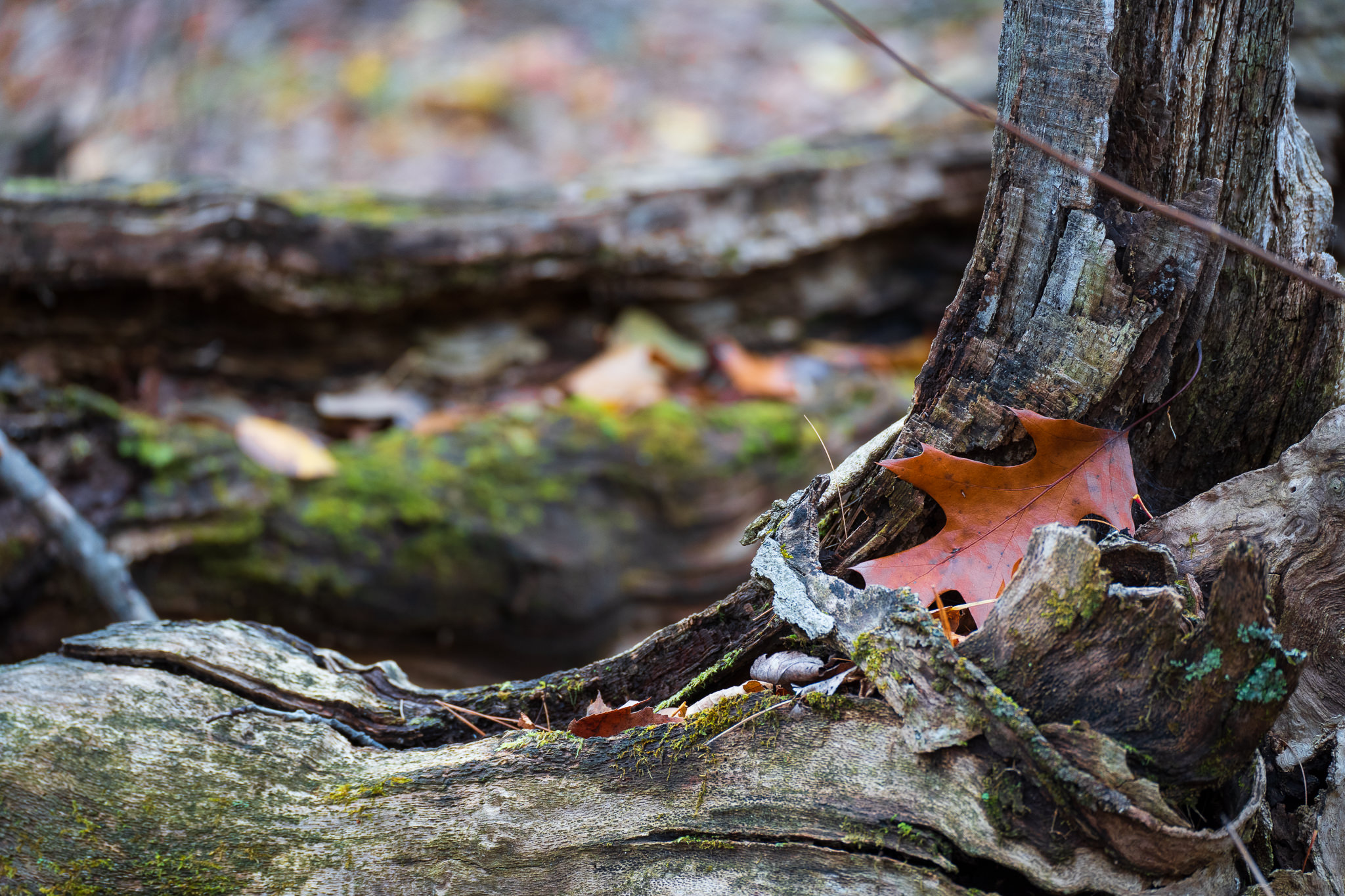
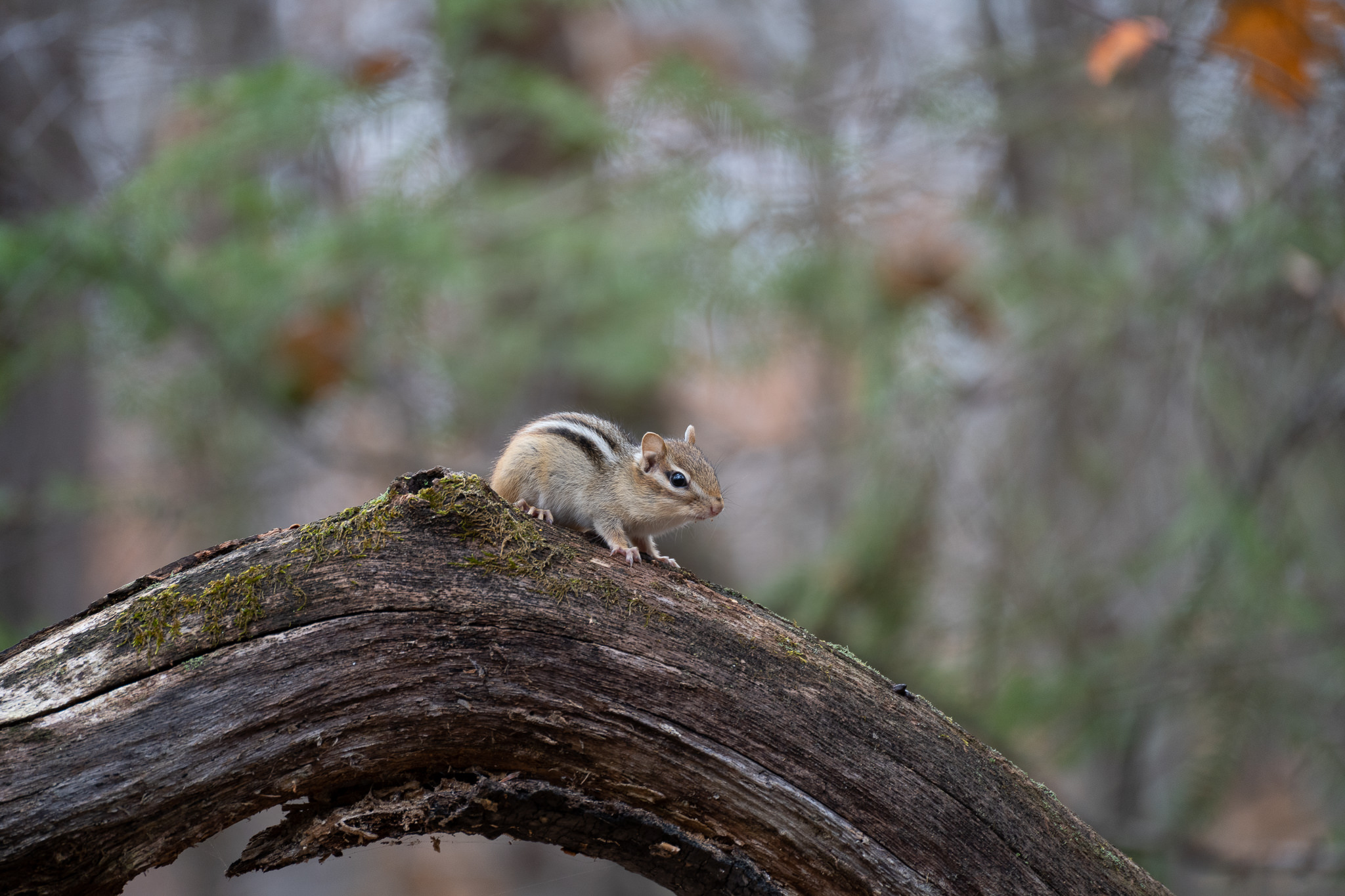
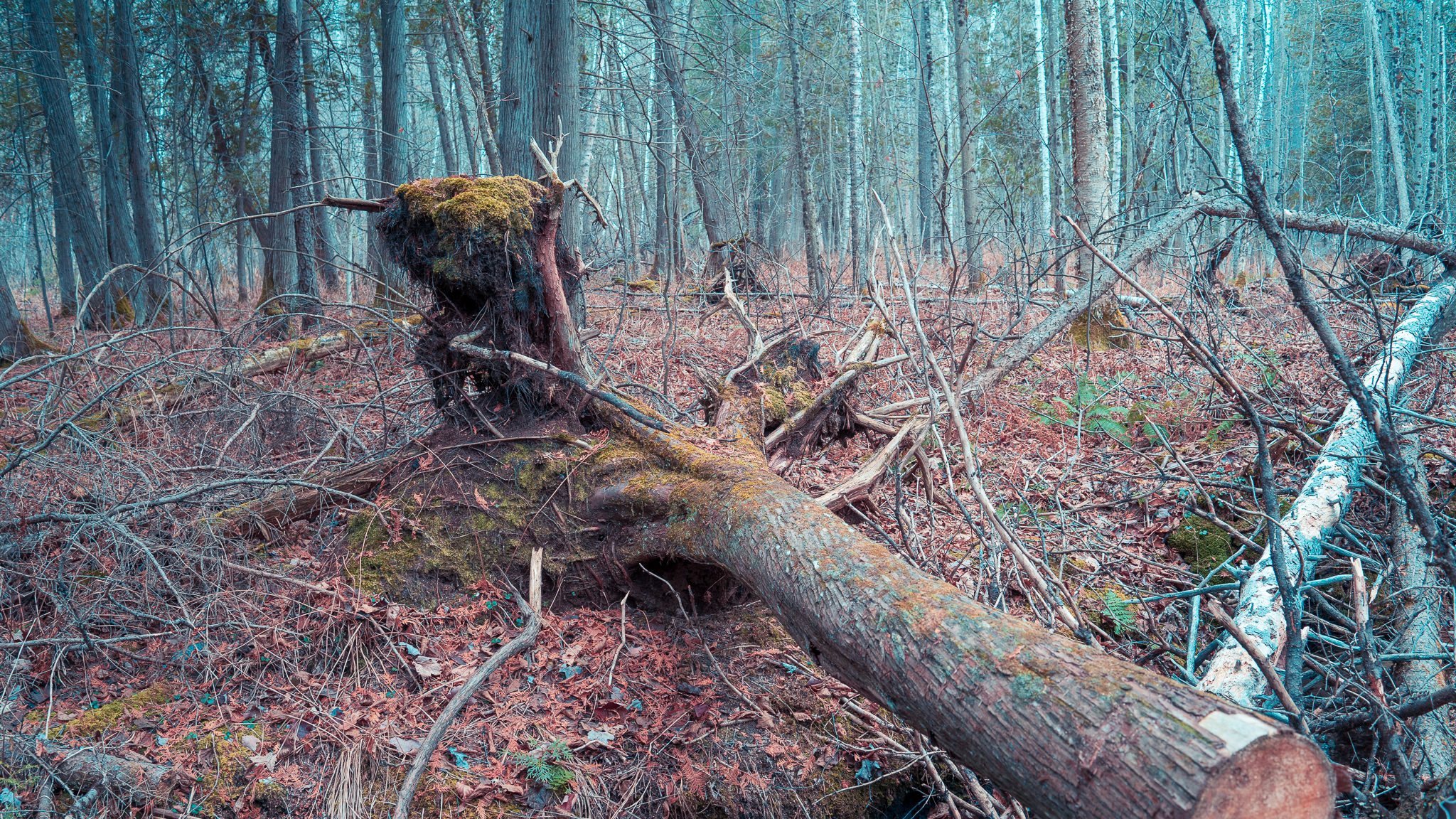
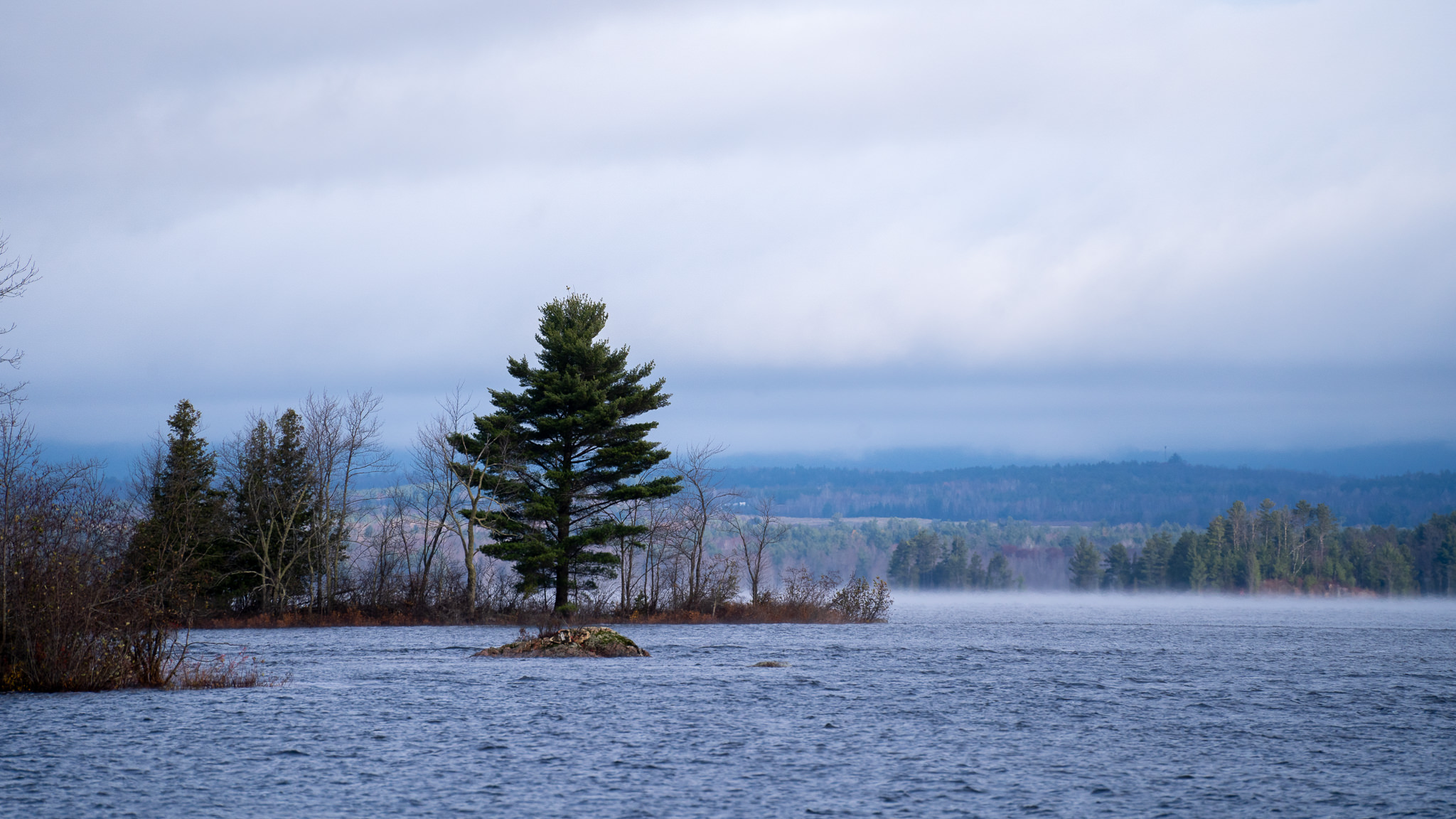




 Viltrox Pro AF 85mm F1.4 FE Gallery
Viltrox Pro AF 85mm F1.4 FE Gallery  Viltrox AF 85mm F1.4 PRO FE Review
Viltrox AF 85mm F1.4 PRO FE Review  Yongnuo YN 35mm F1.8 ART Gallery
Yongnuo YN 35mm F1.8 ART Gallery  Yongnuo YN 35mm F1.8 DA ART Review
Yongnuo YN 35mm F1.8 DA ART Review 



2 thoughts on “Sony a7C Review”